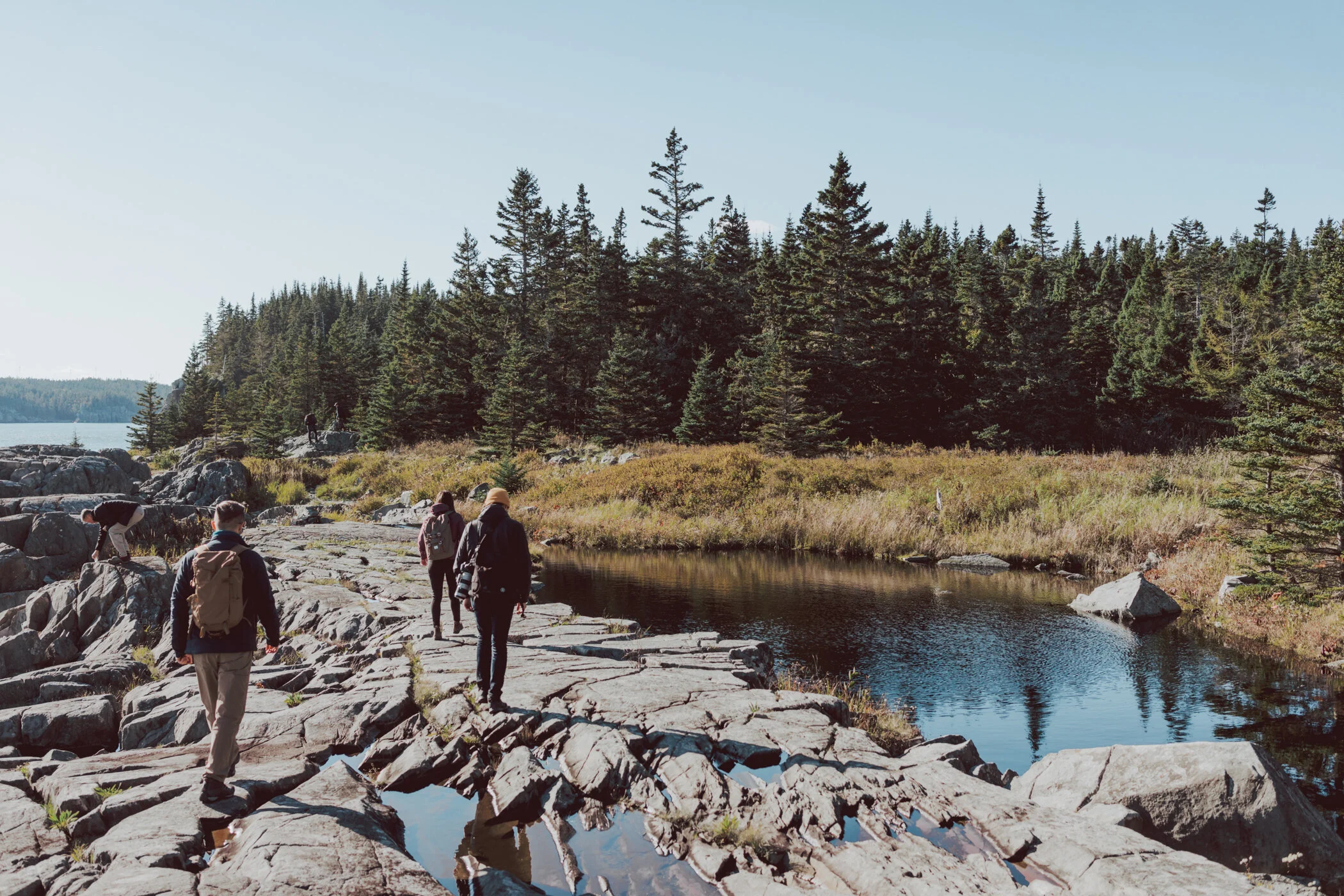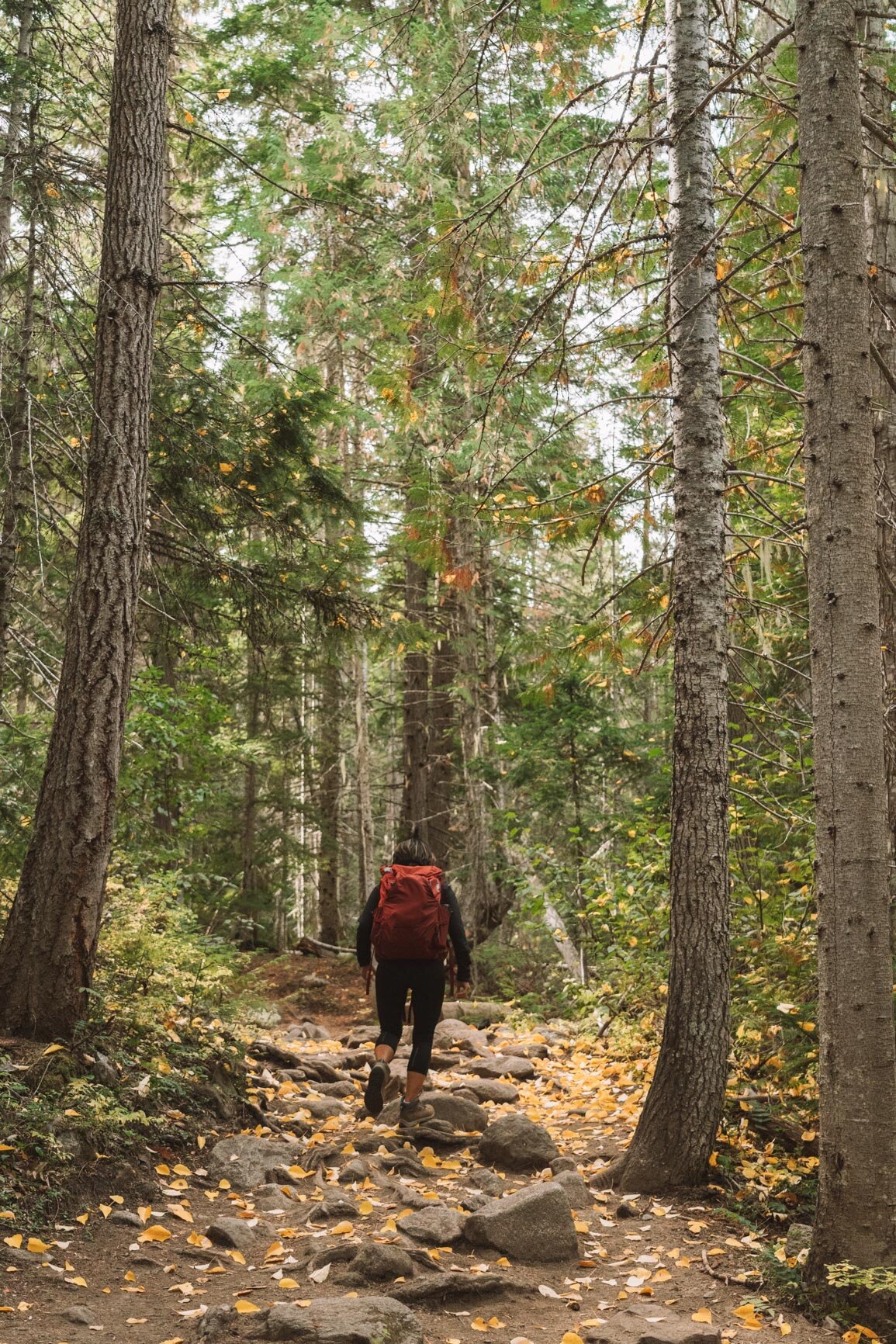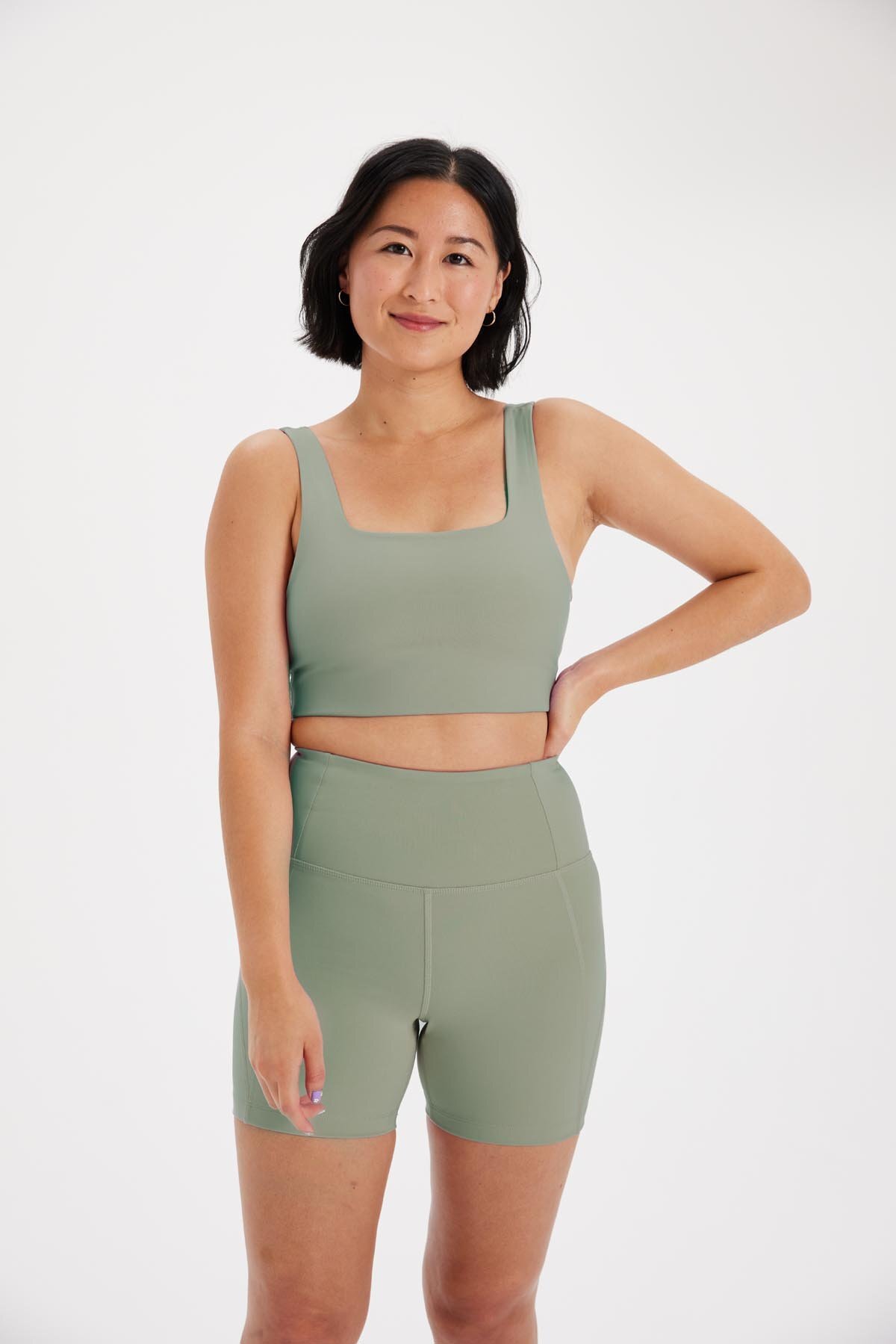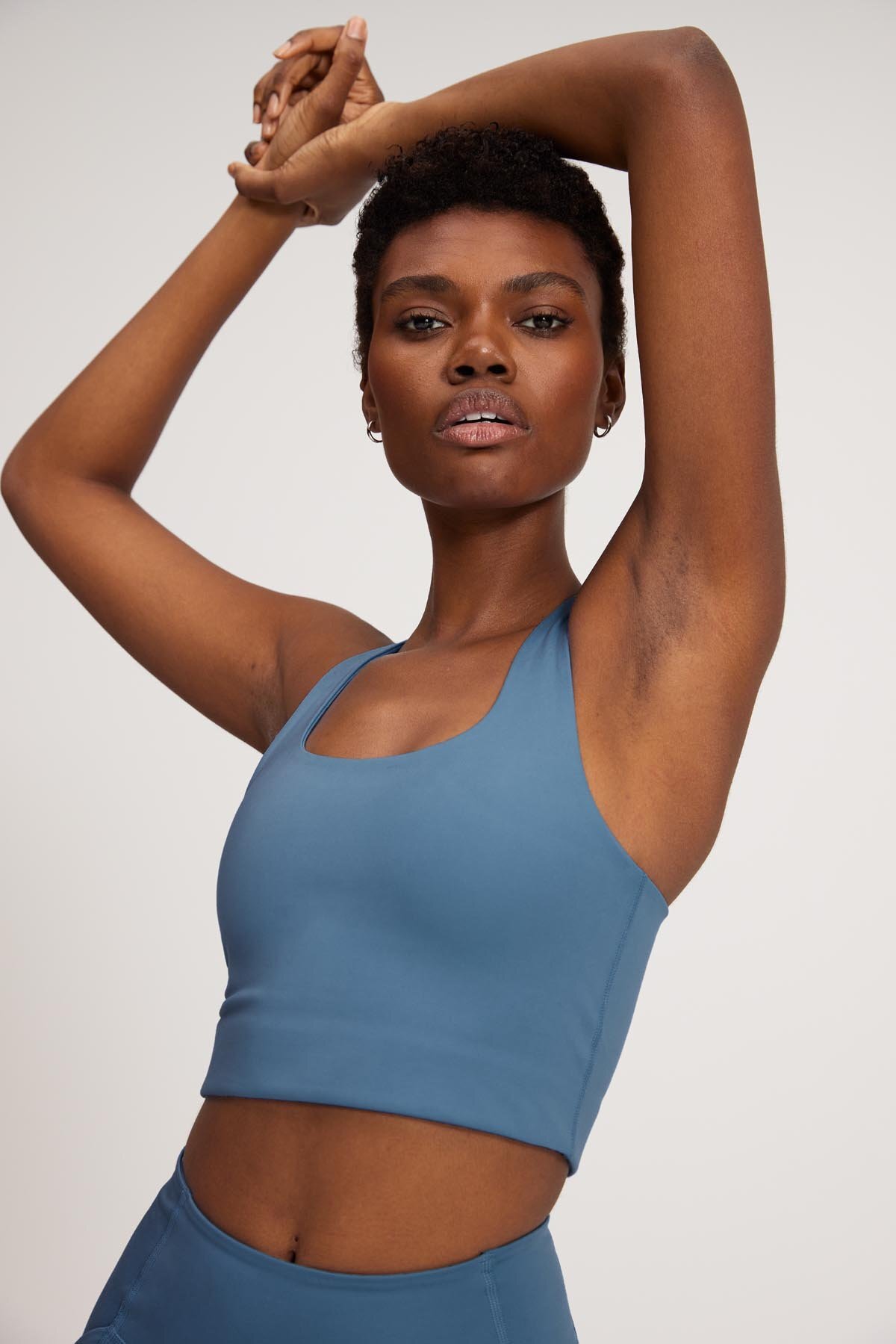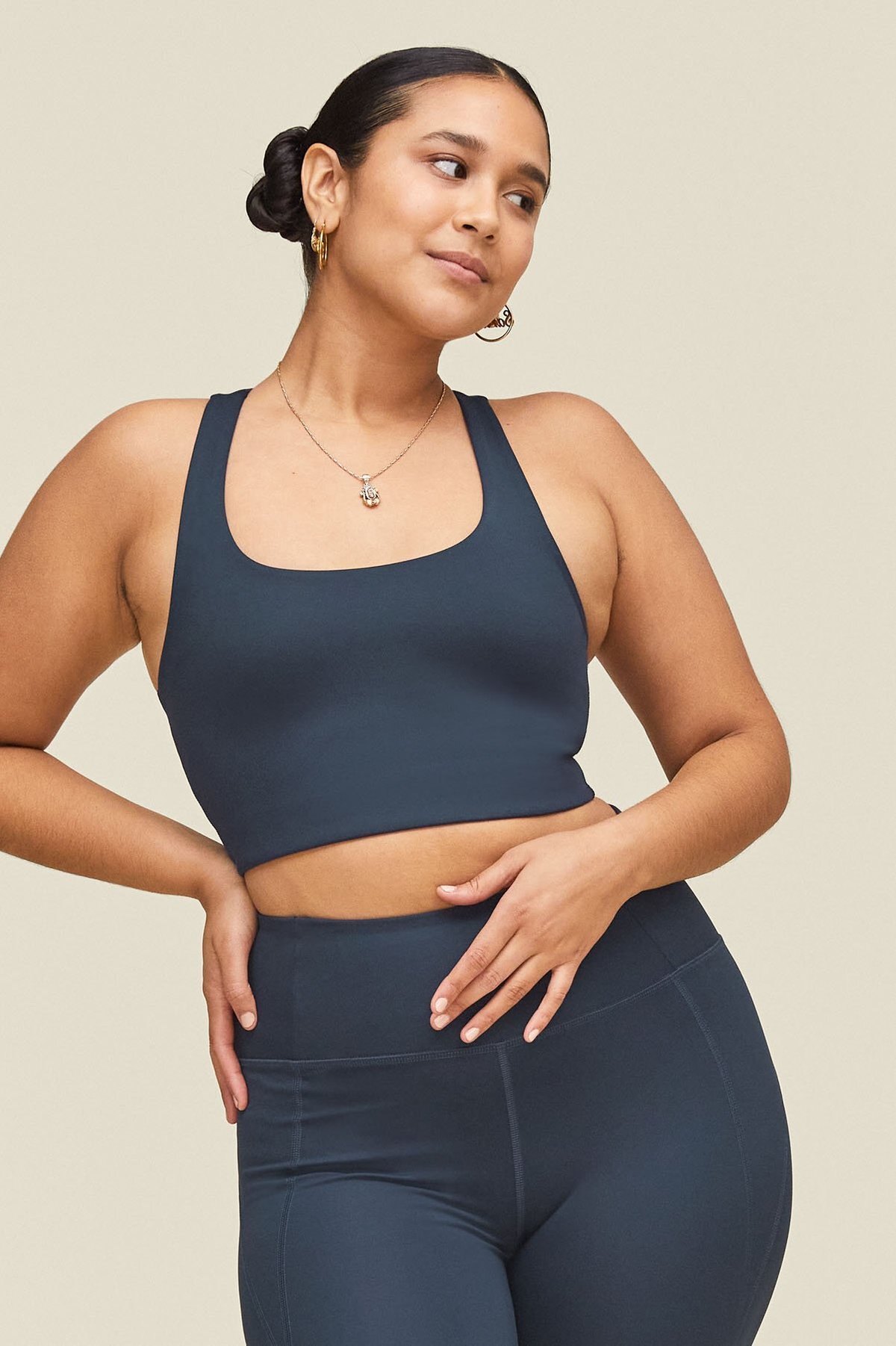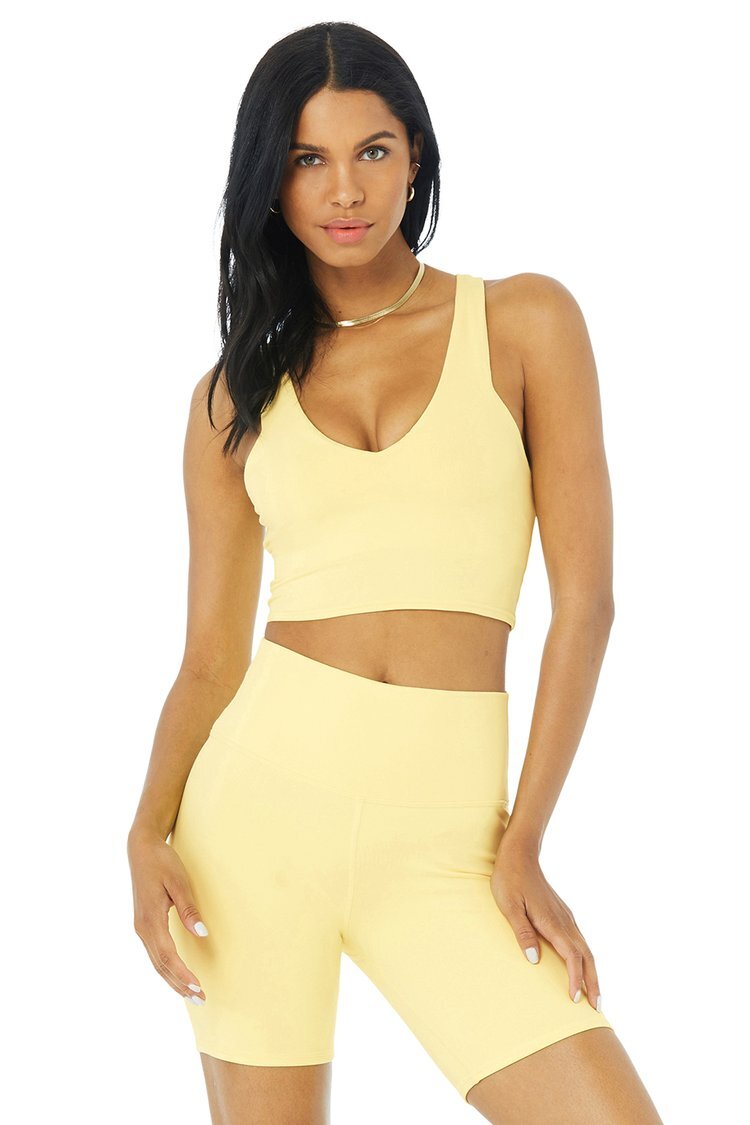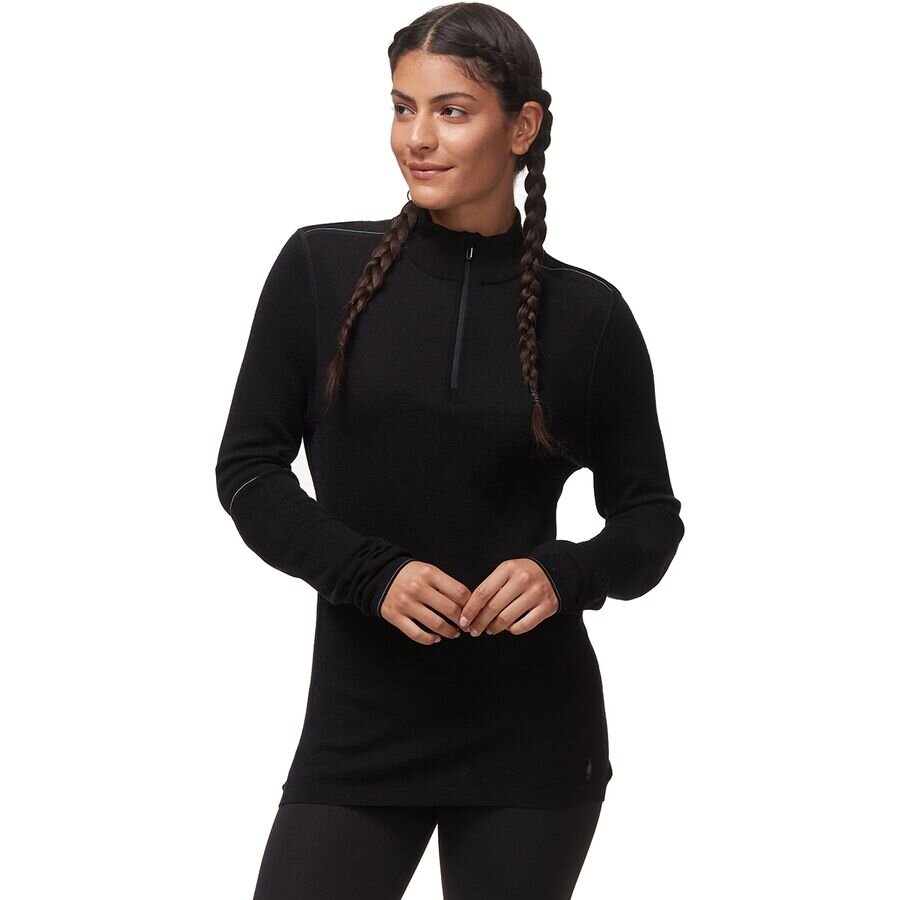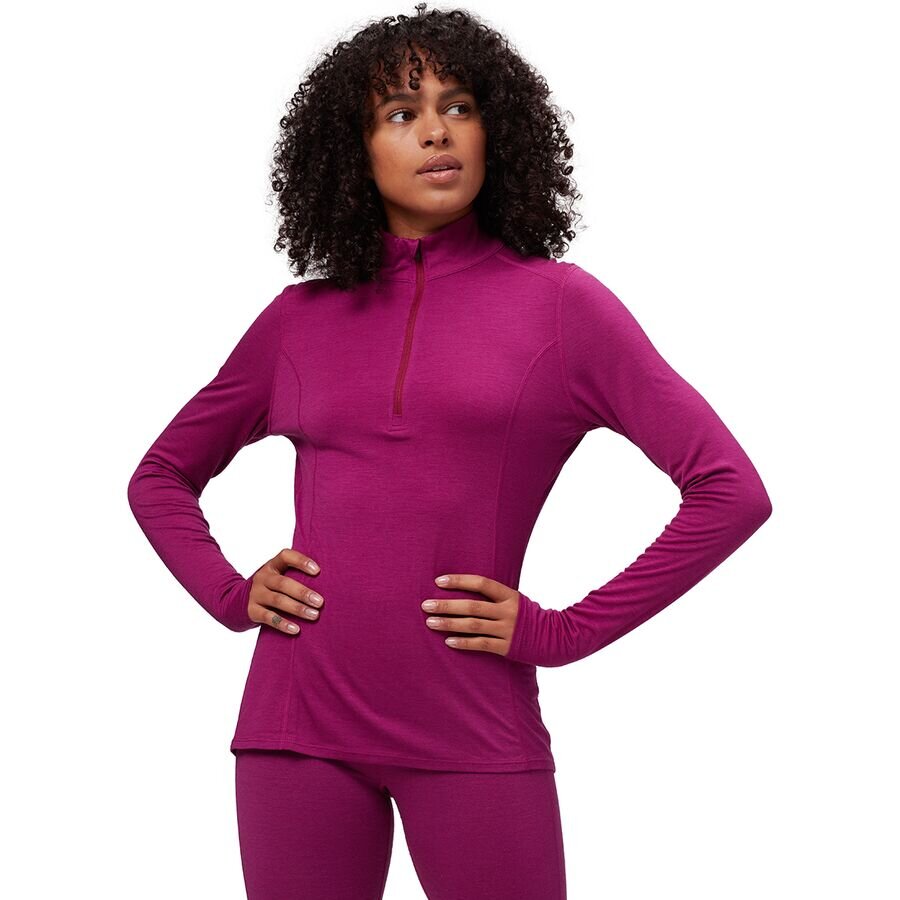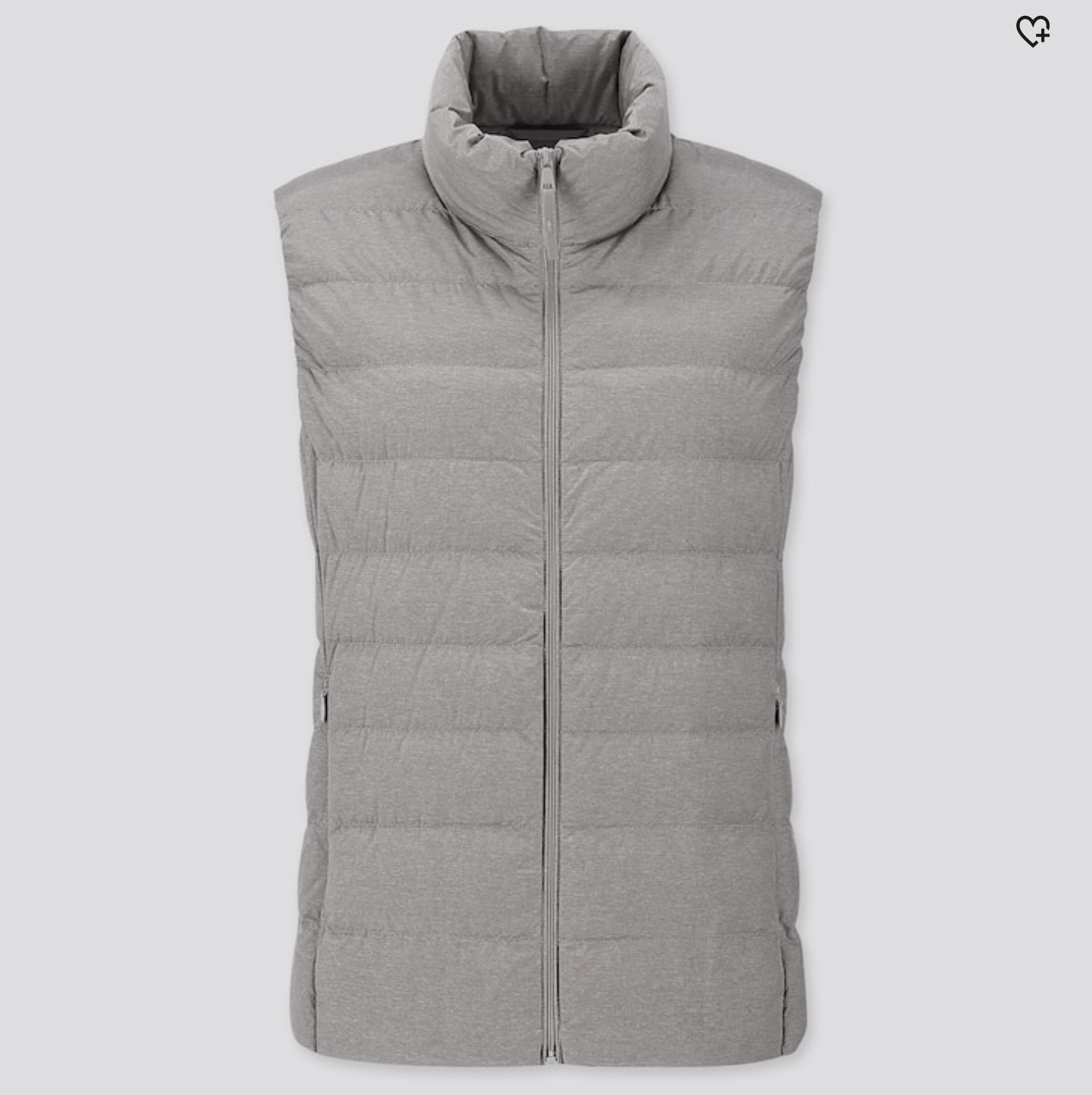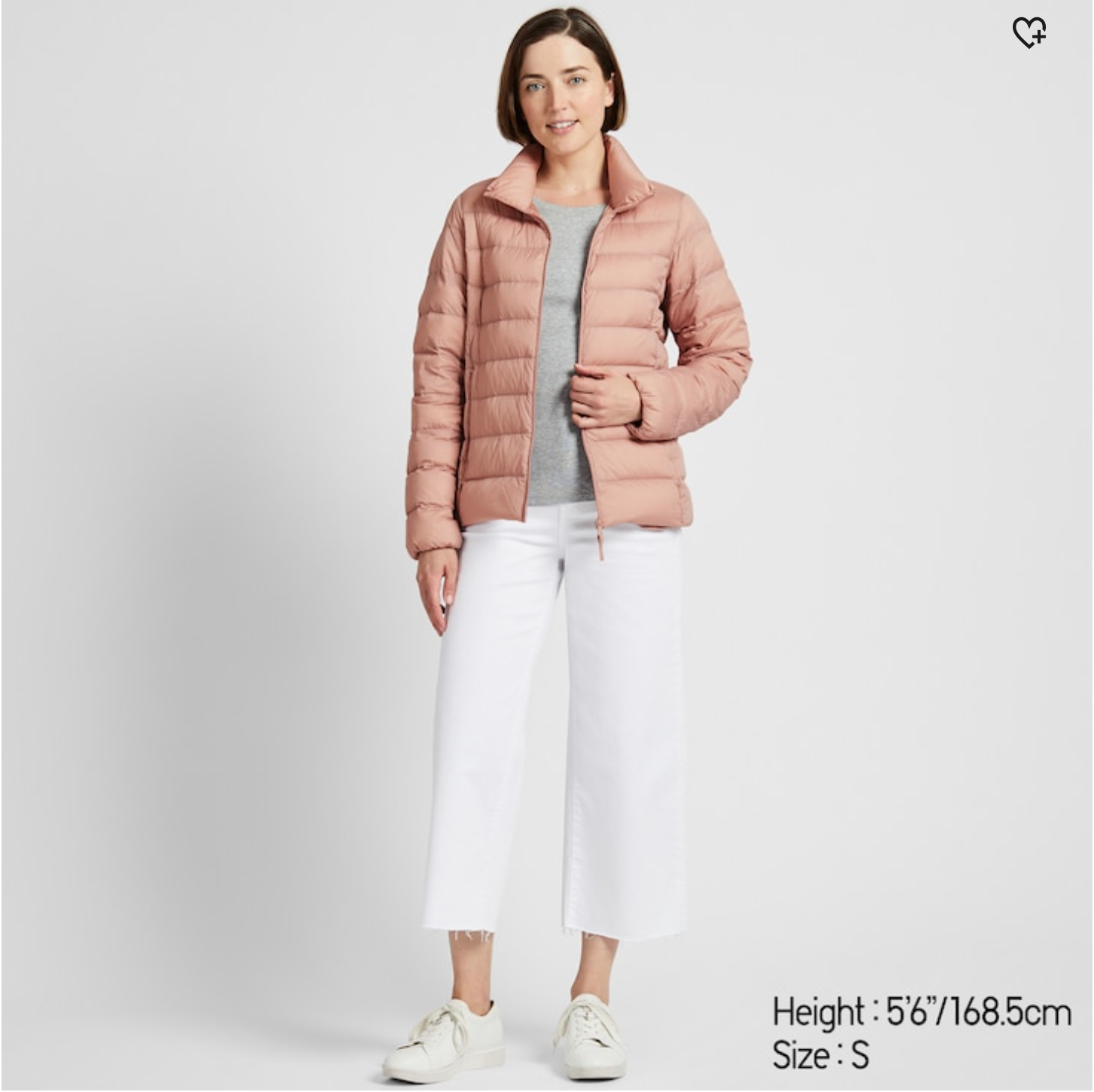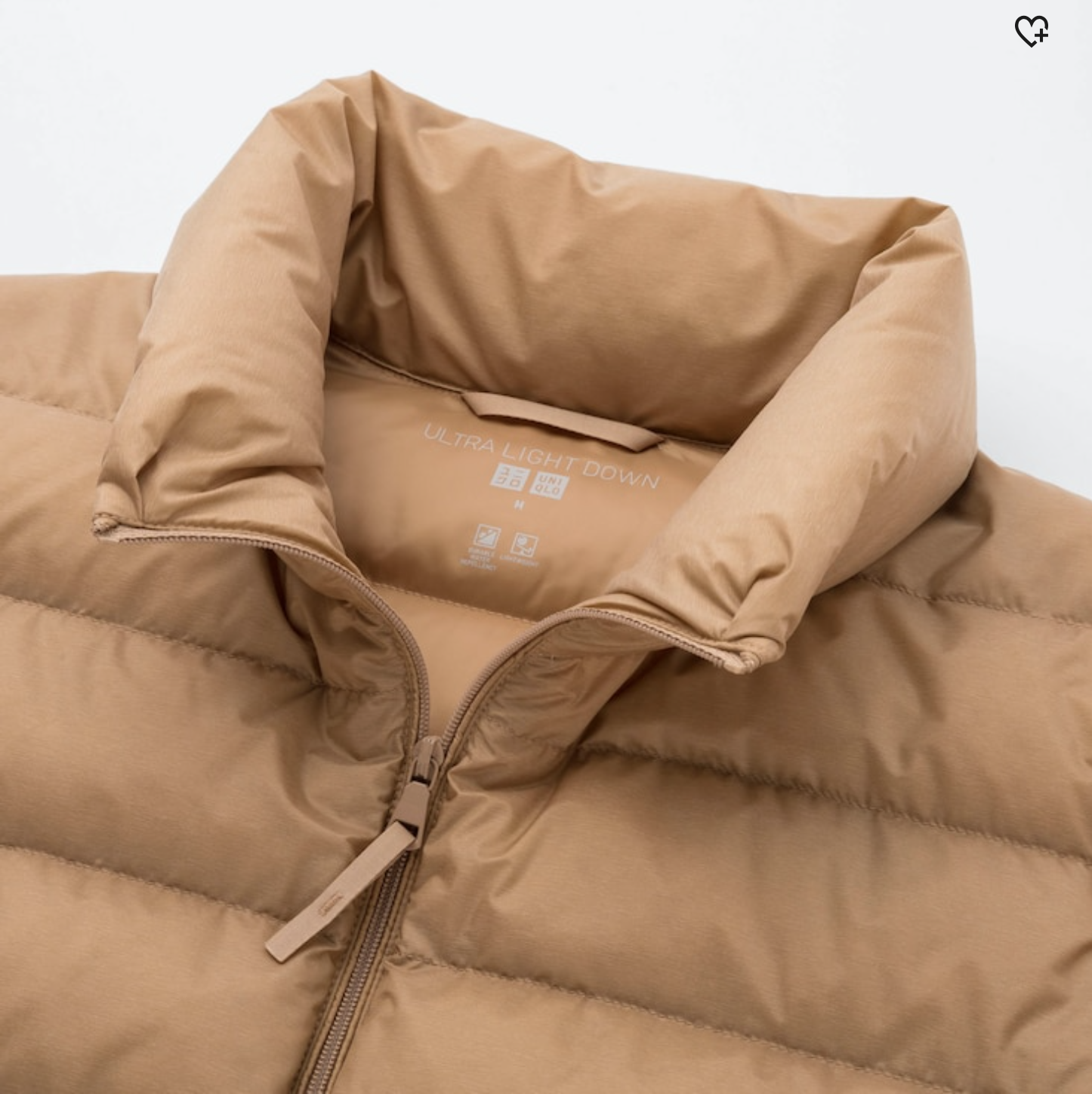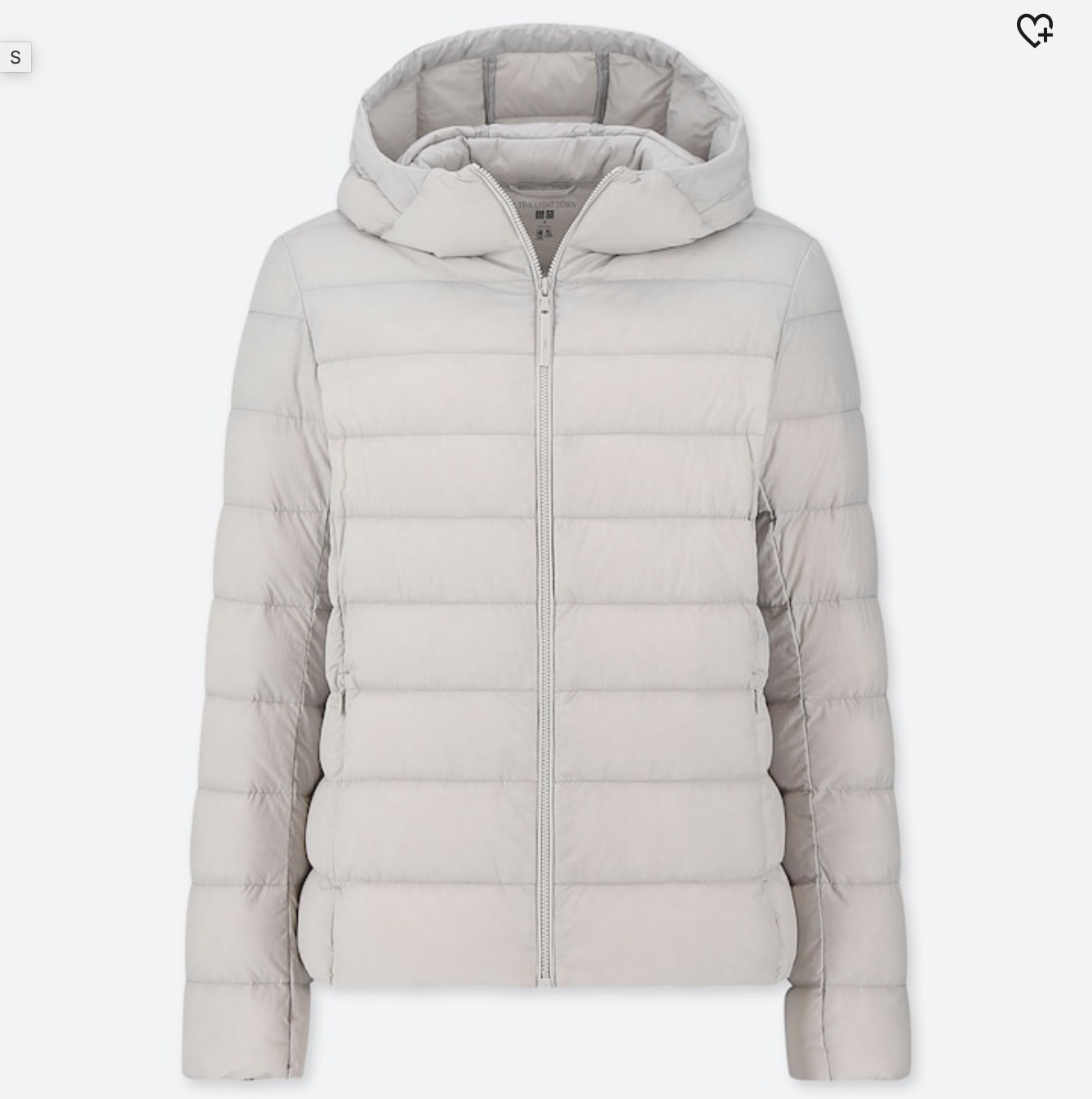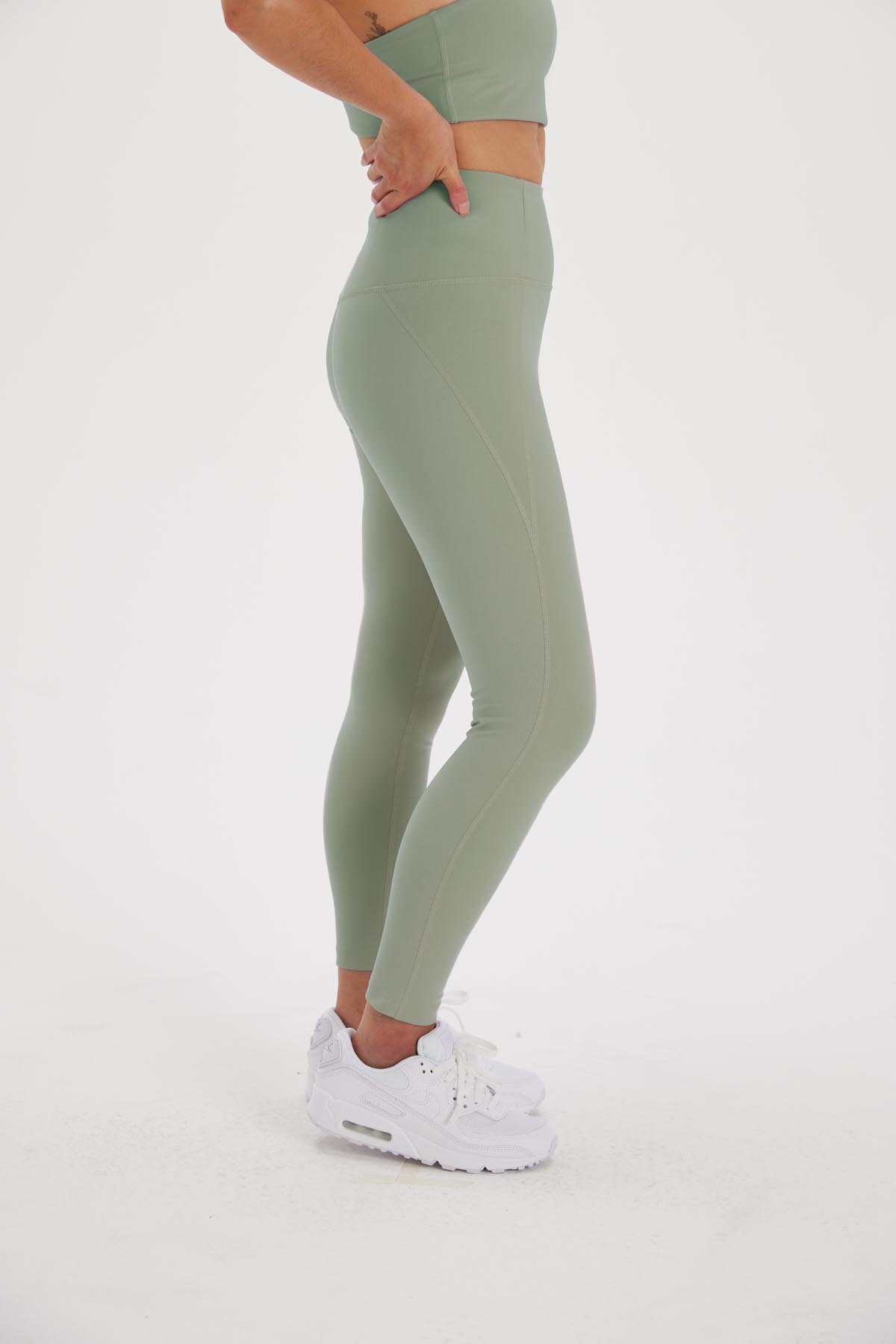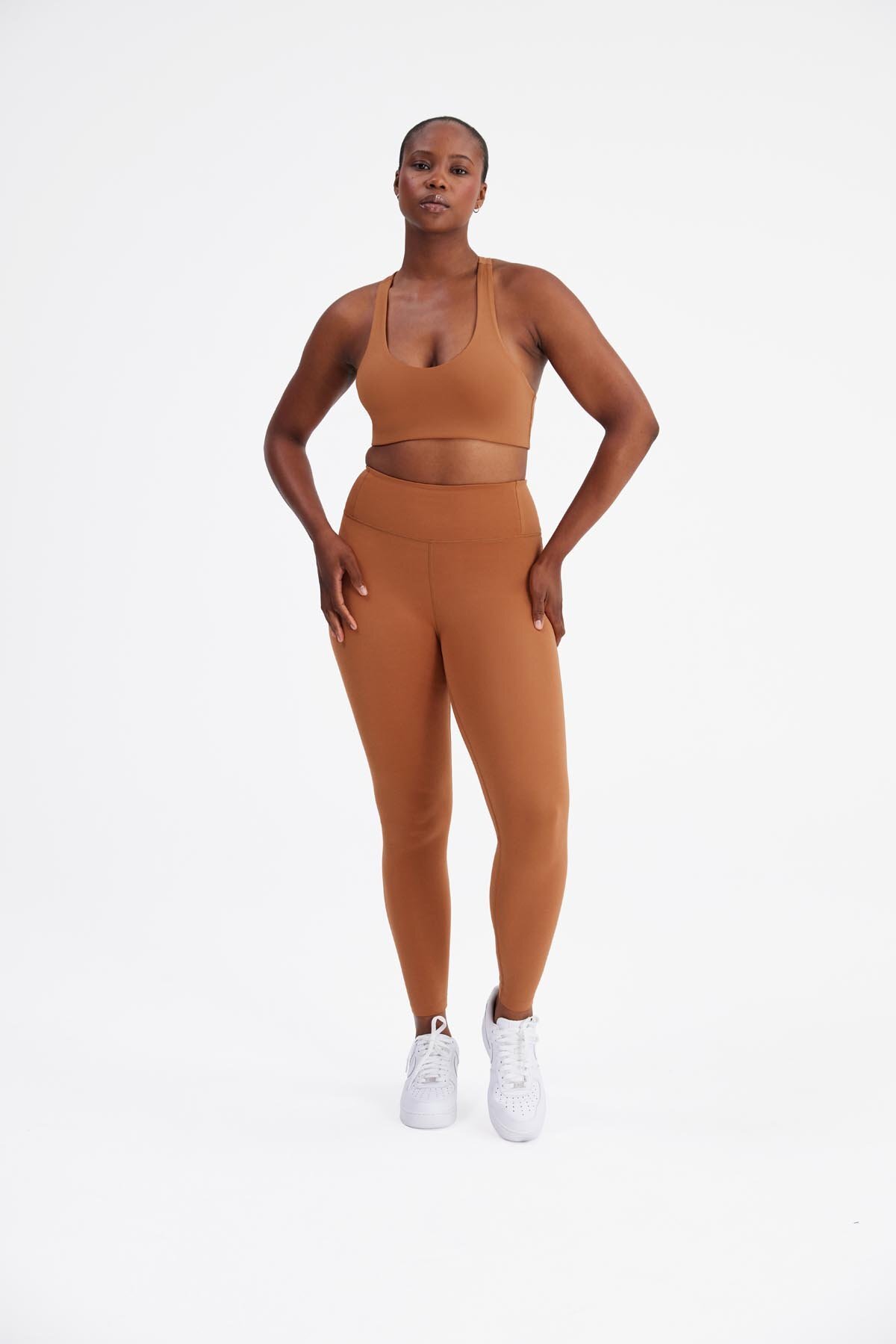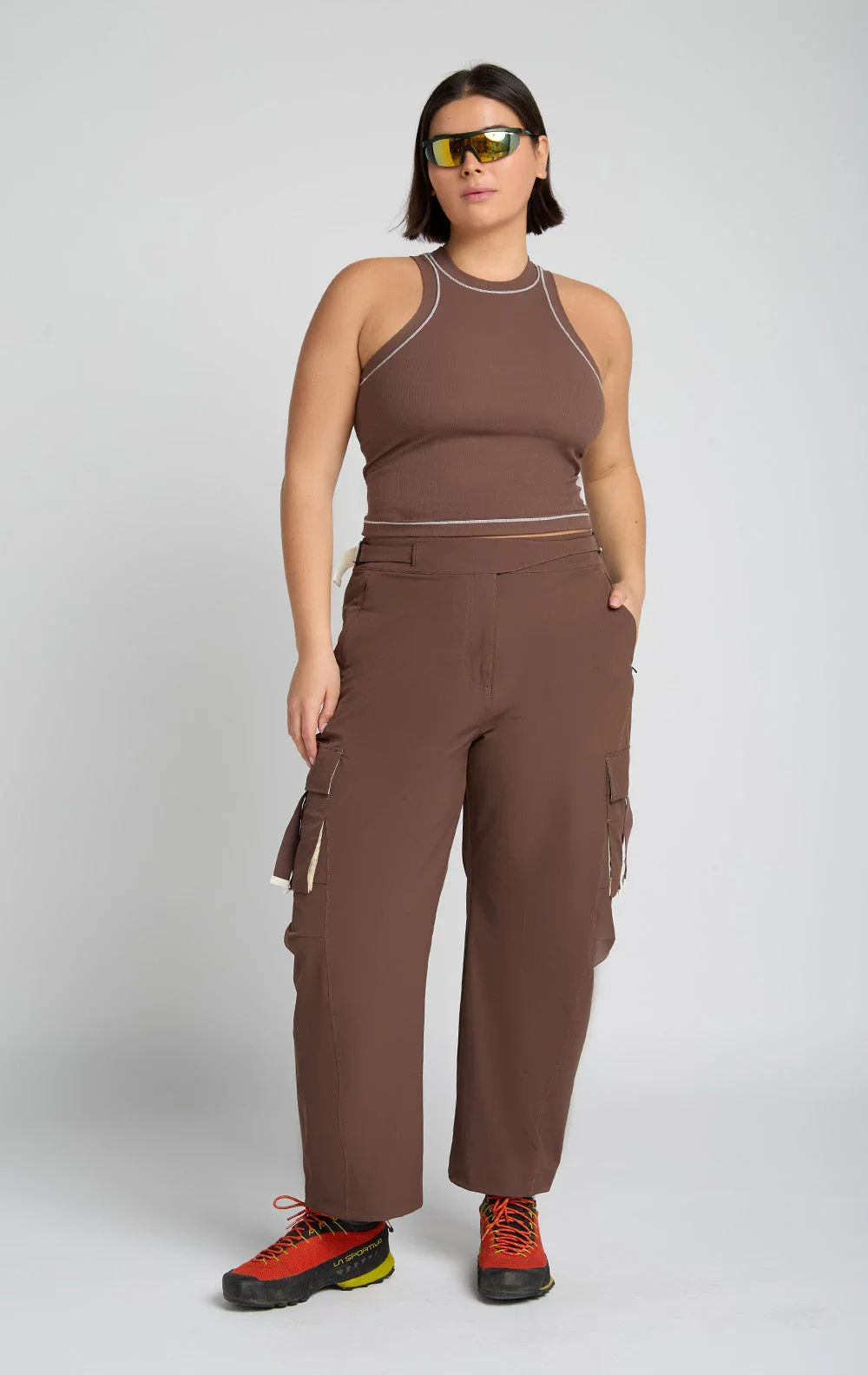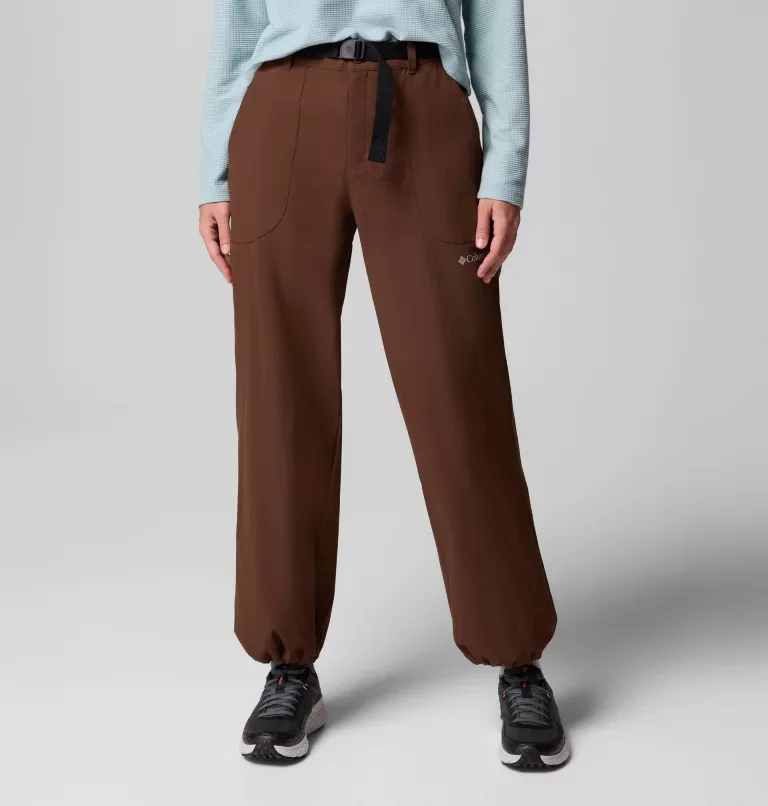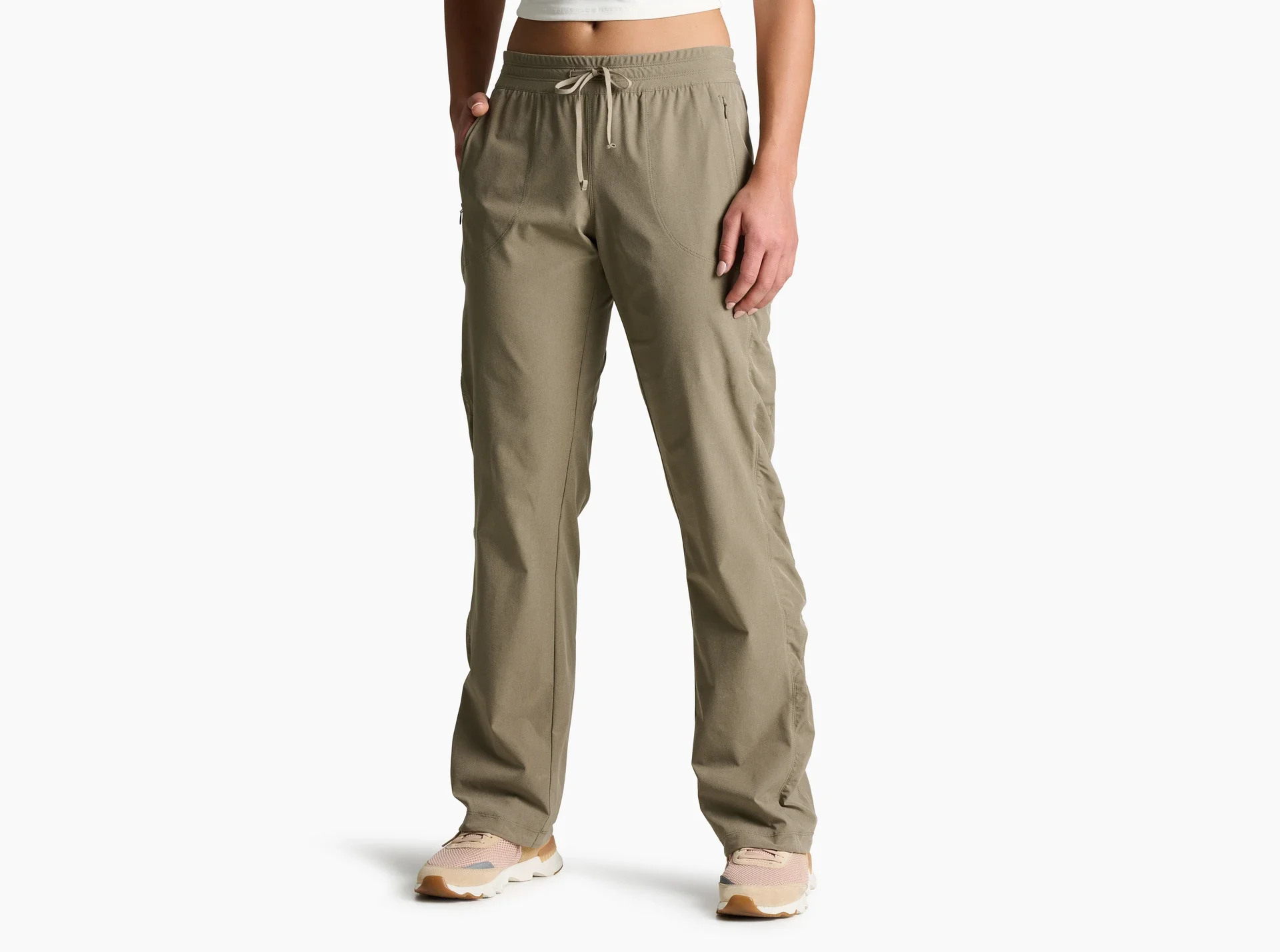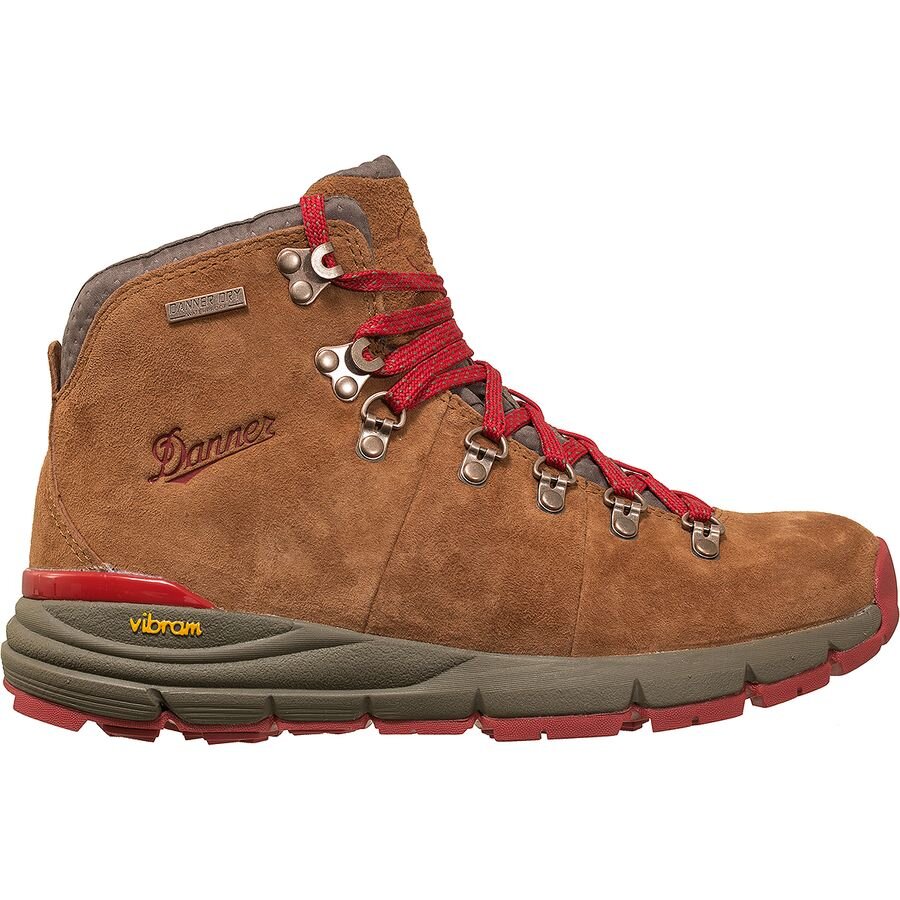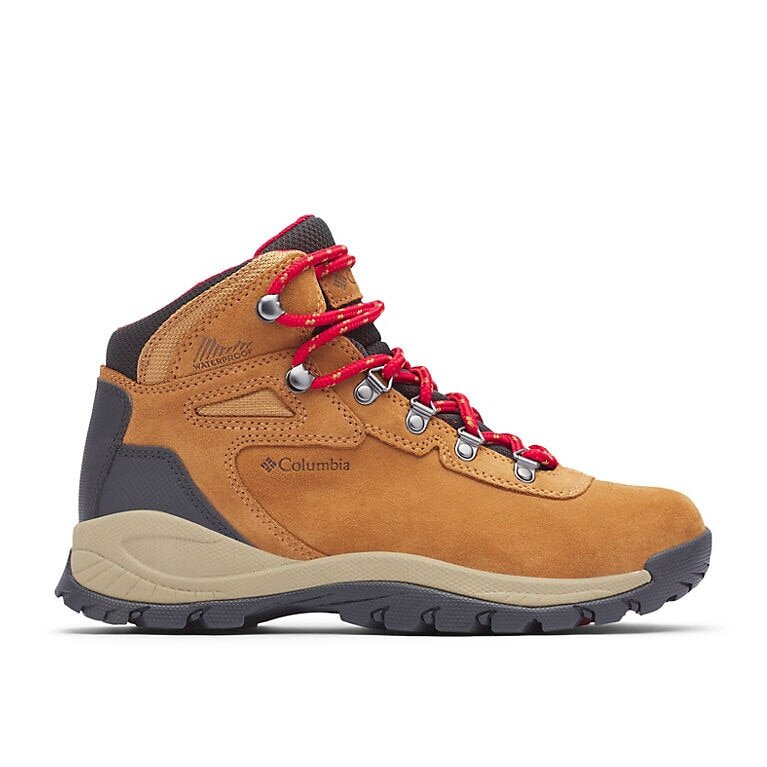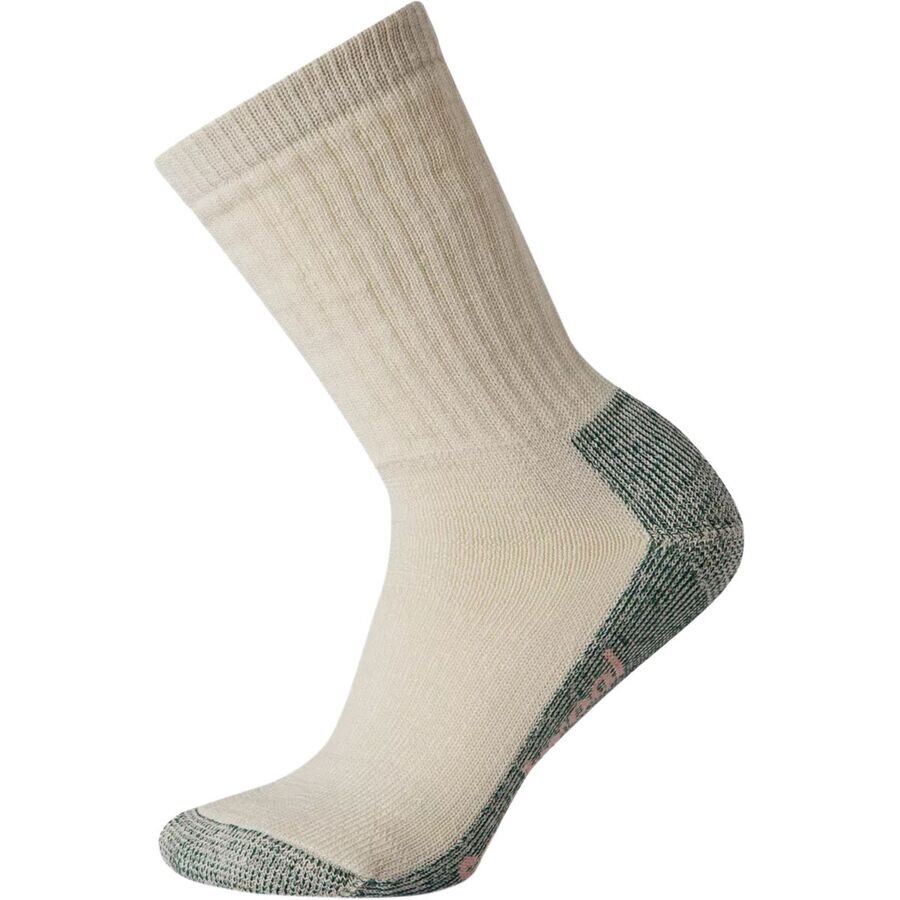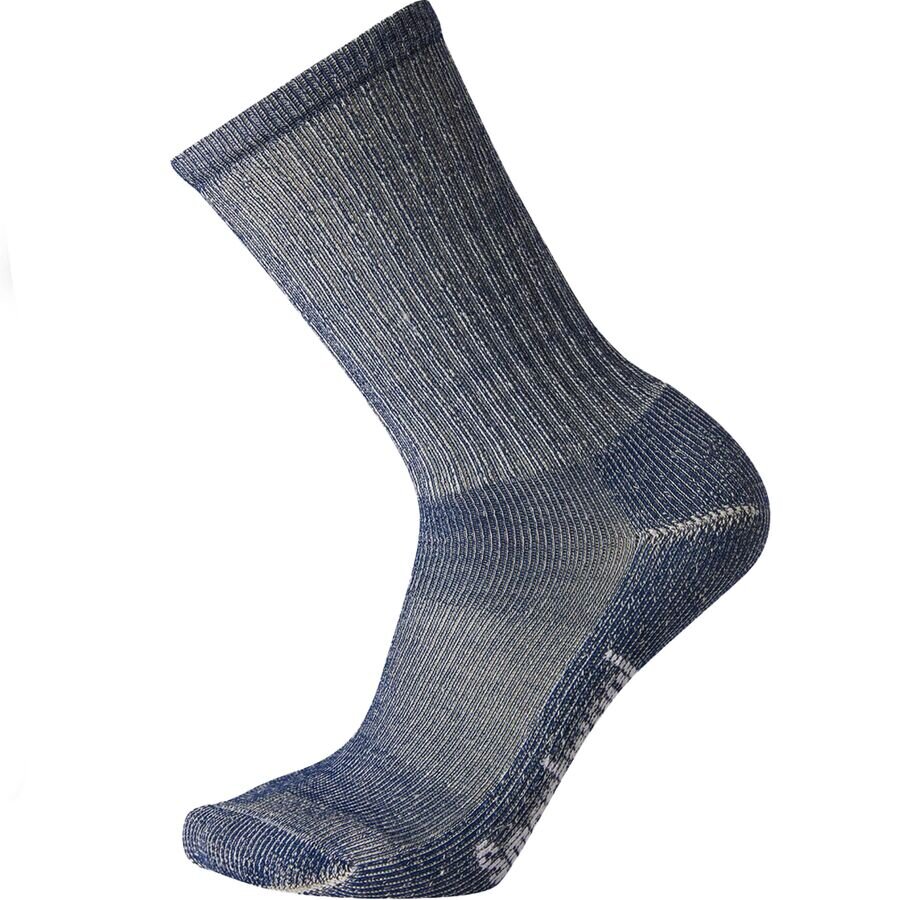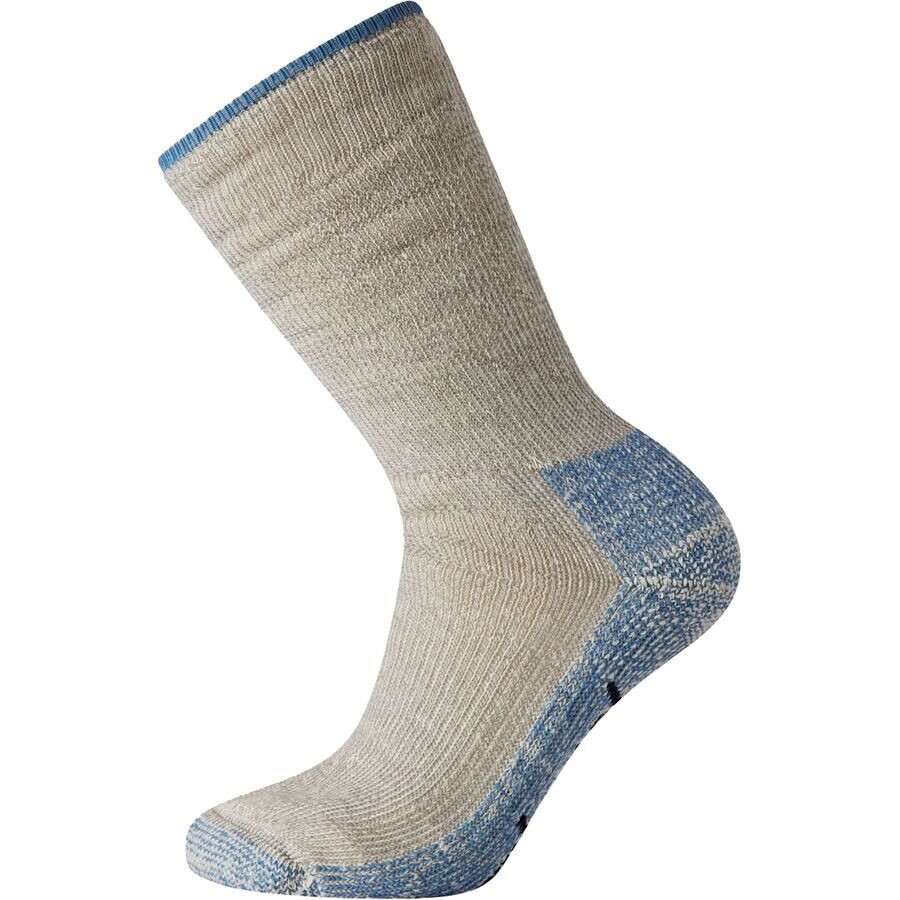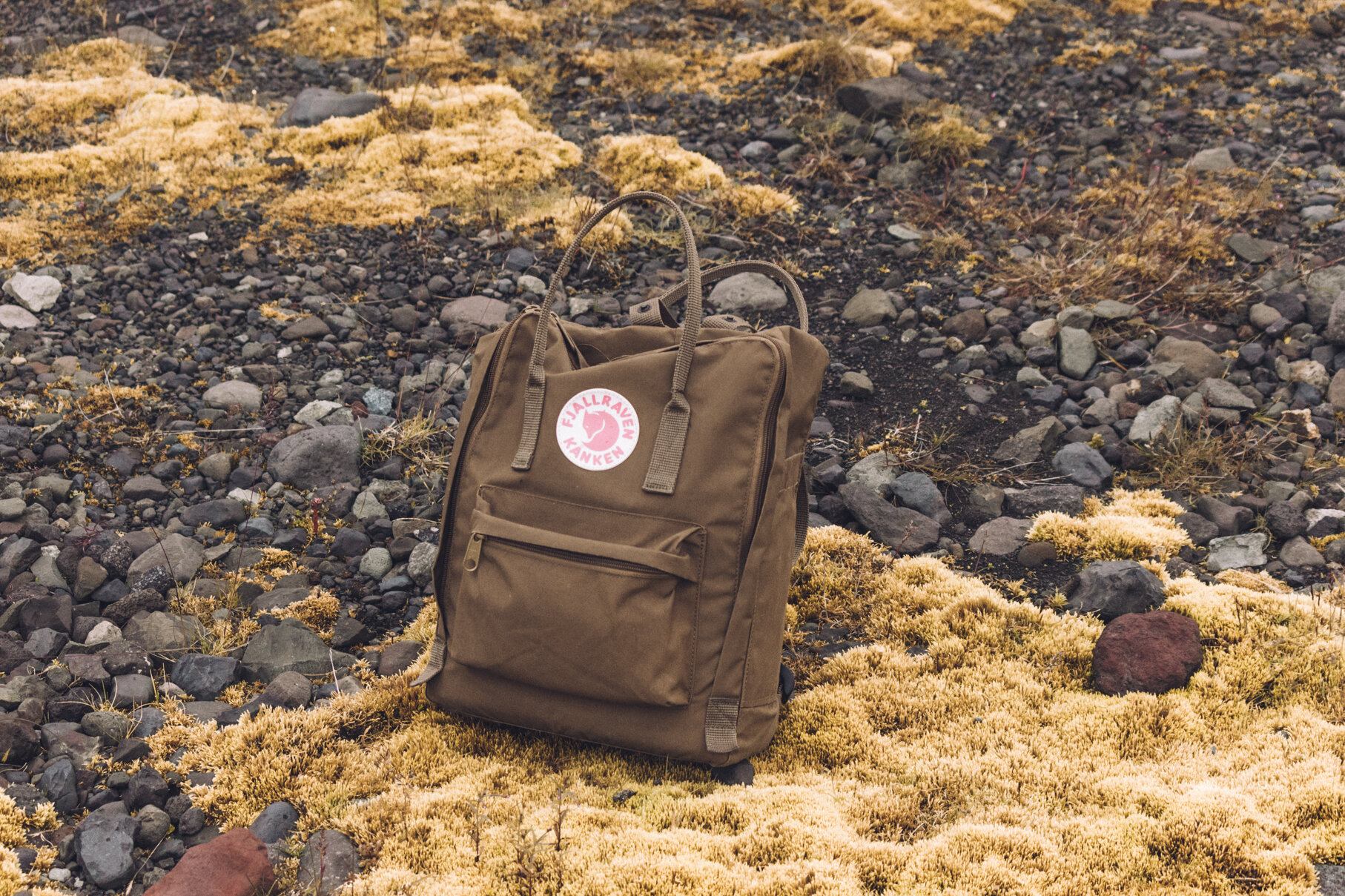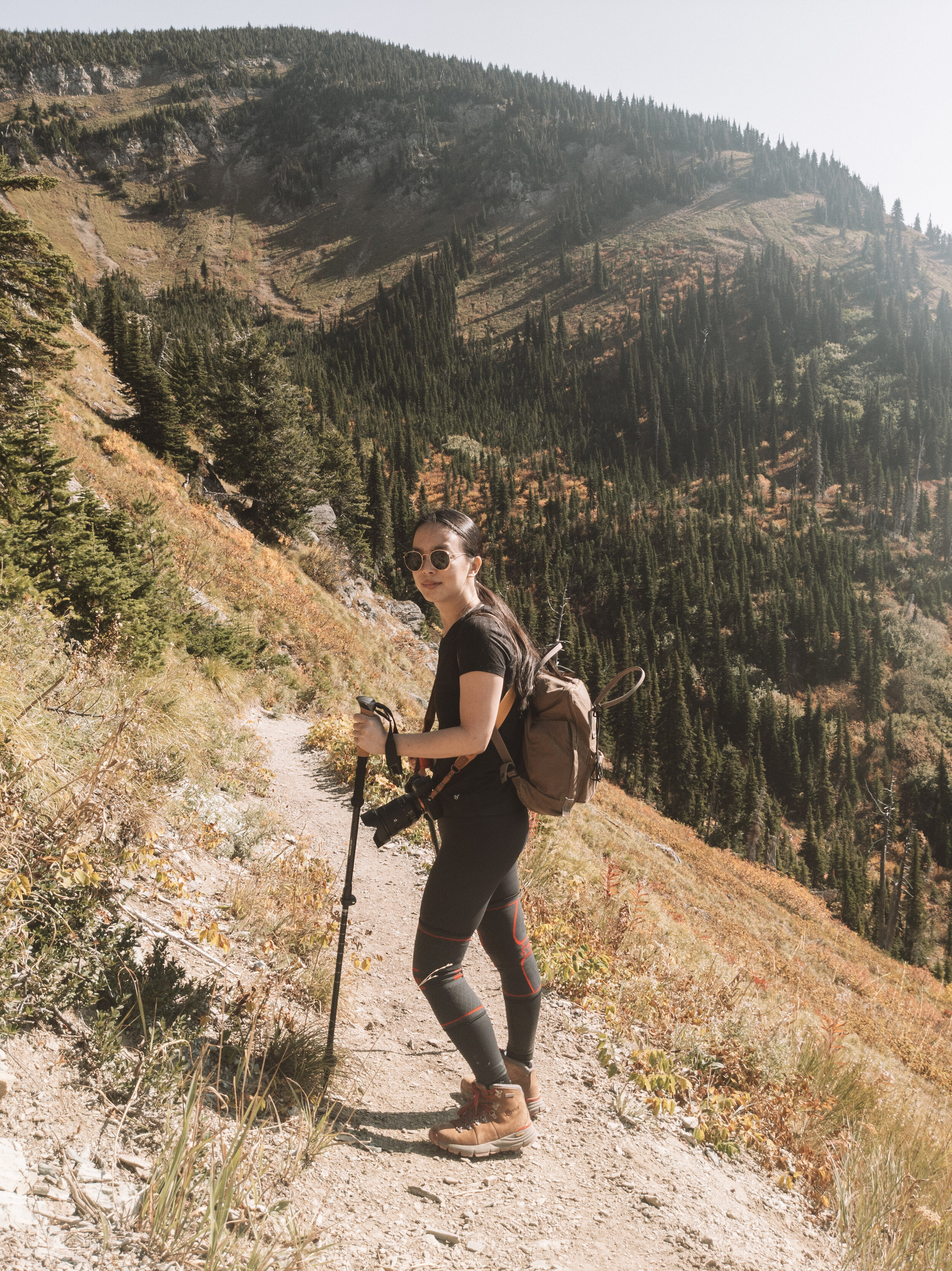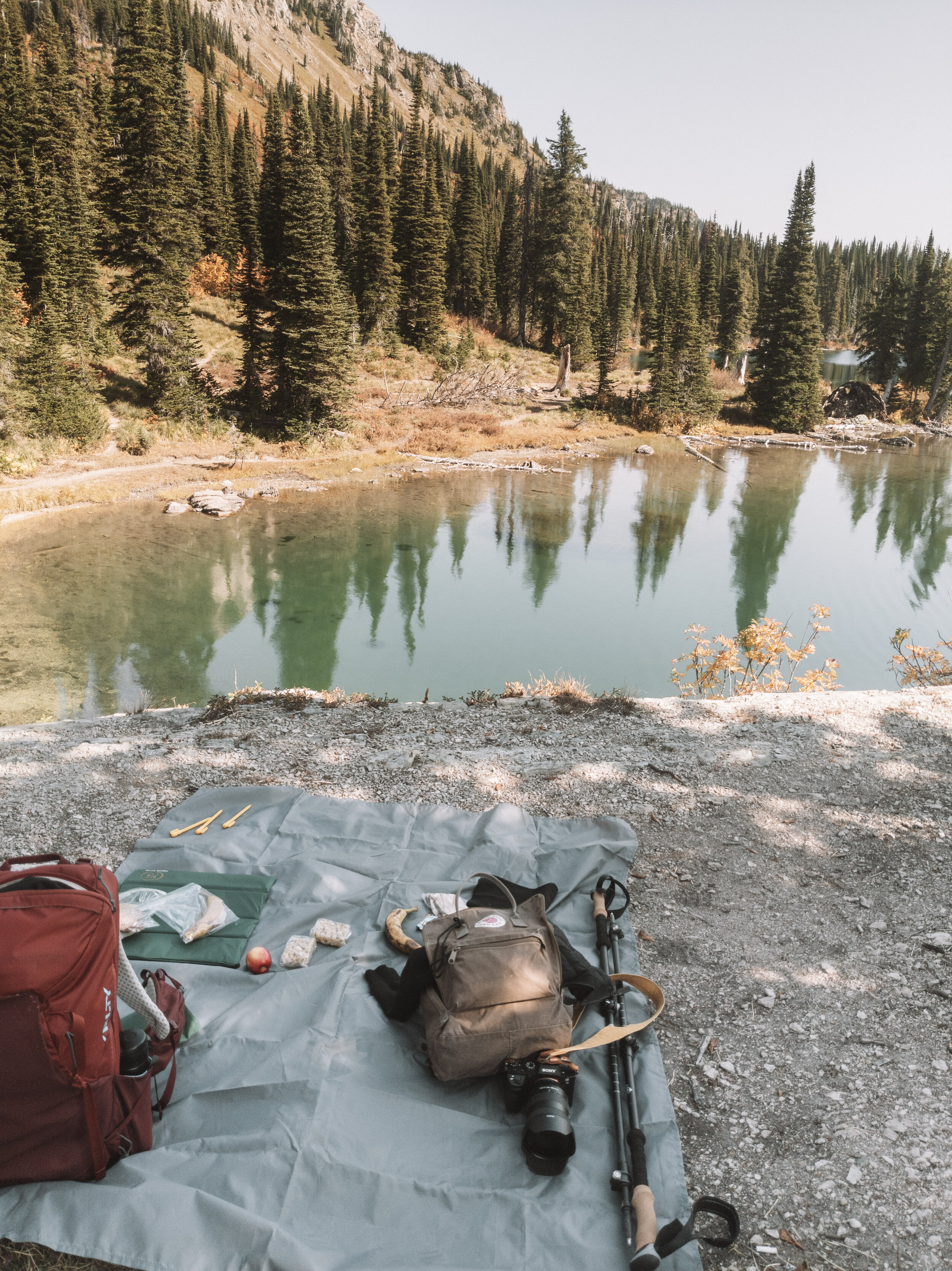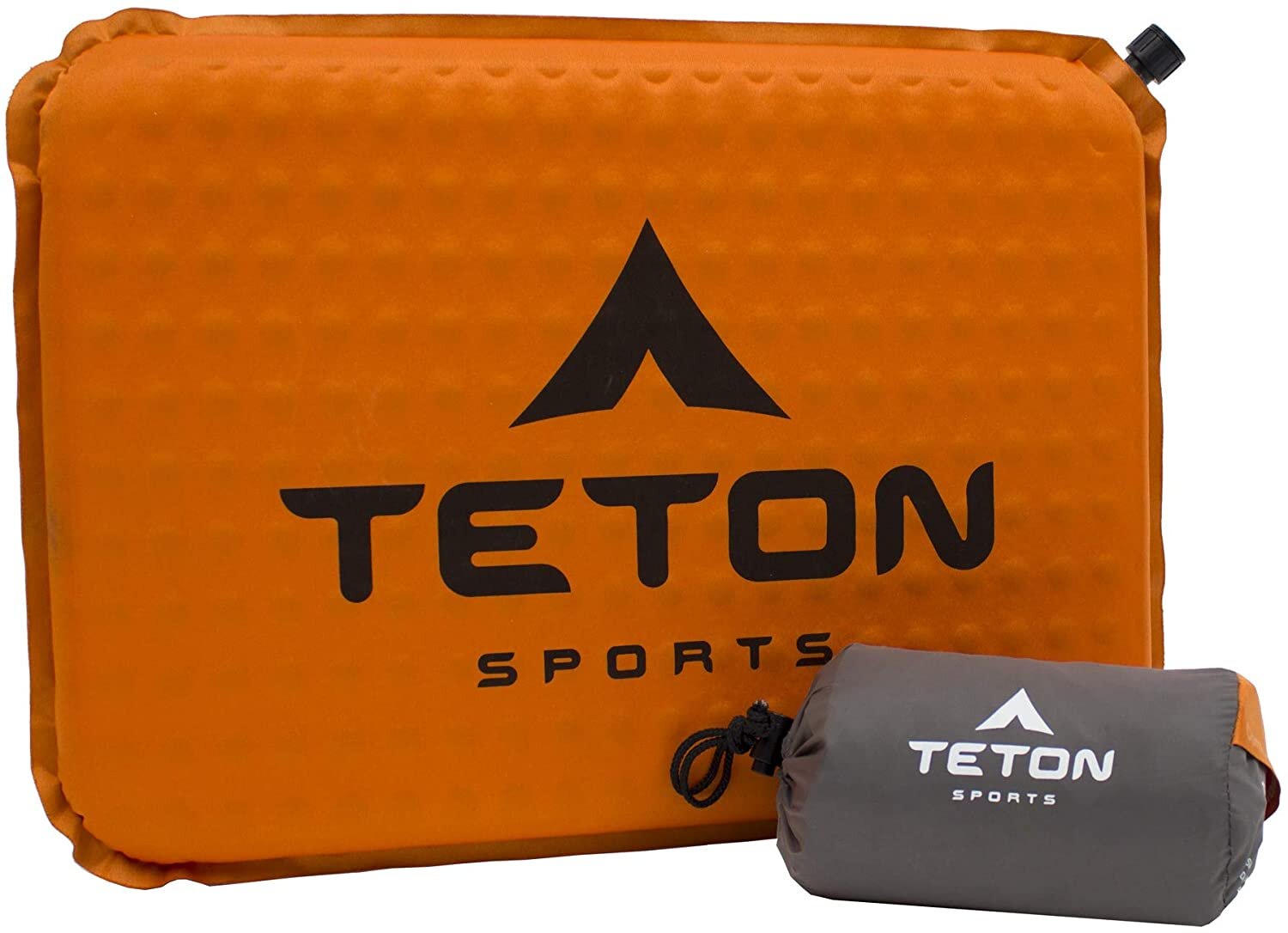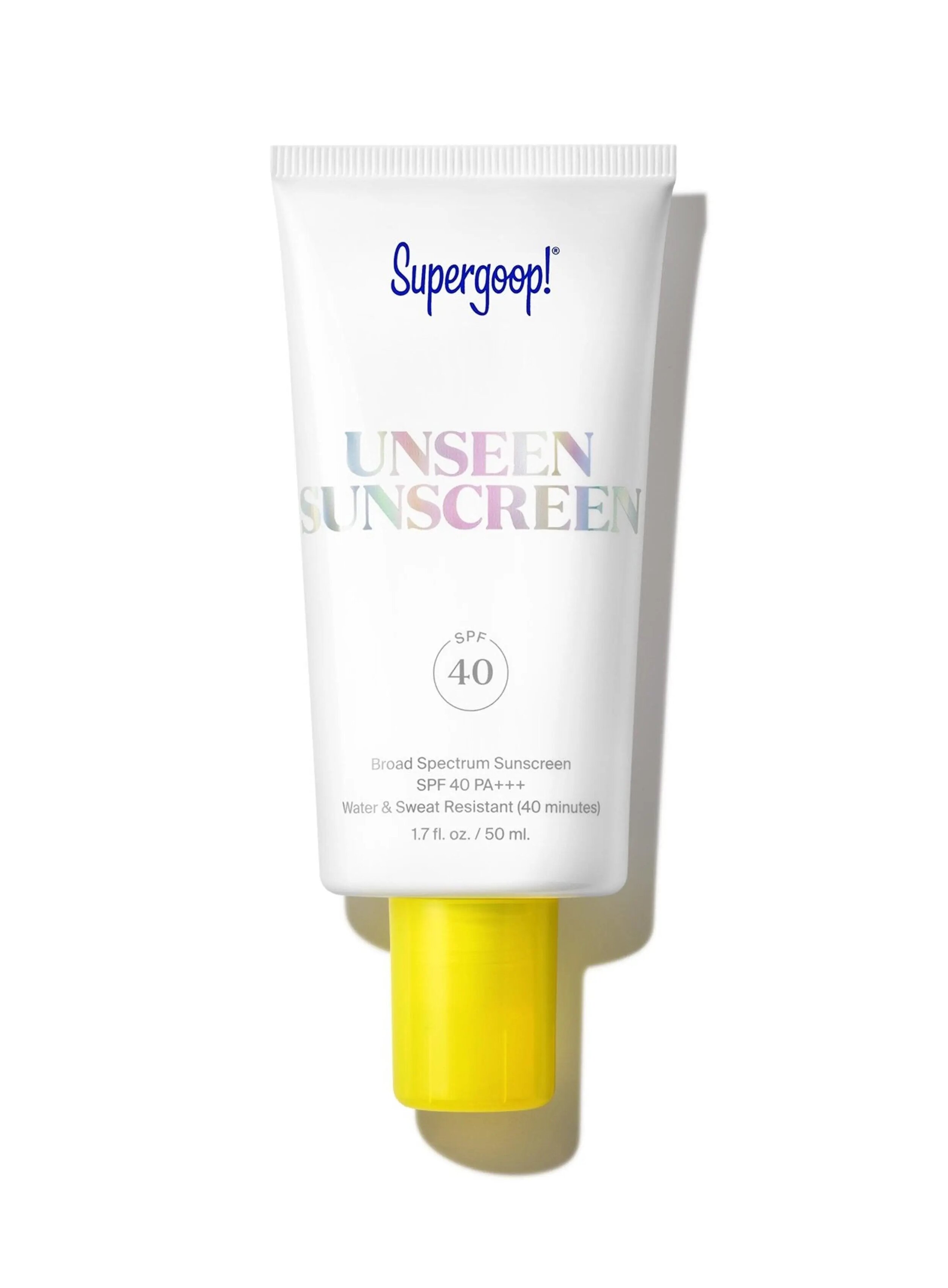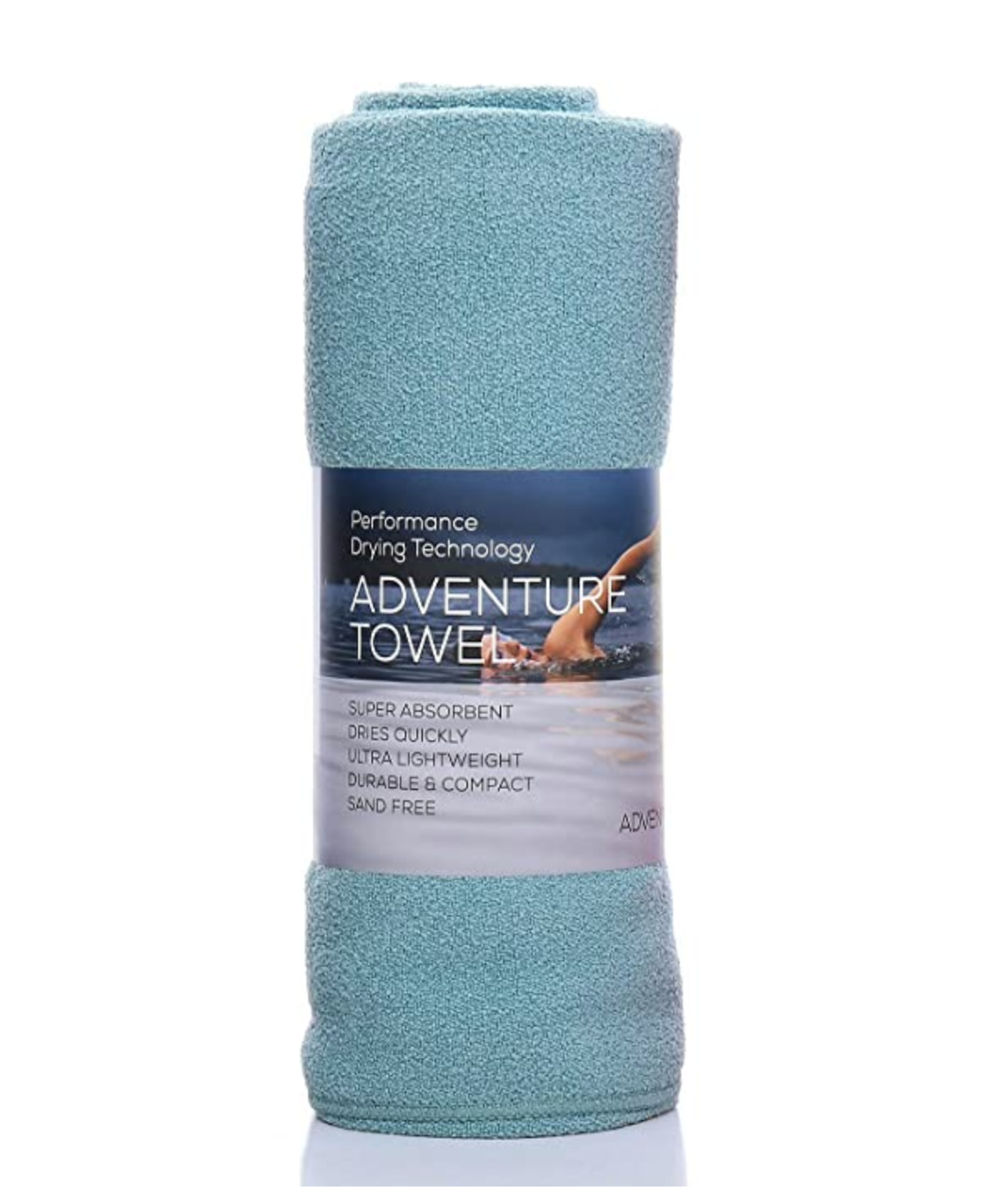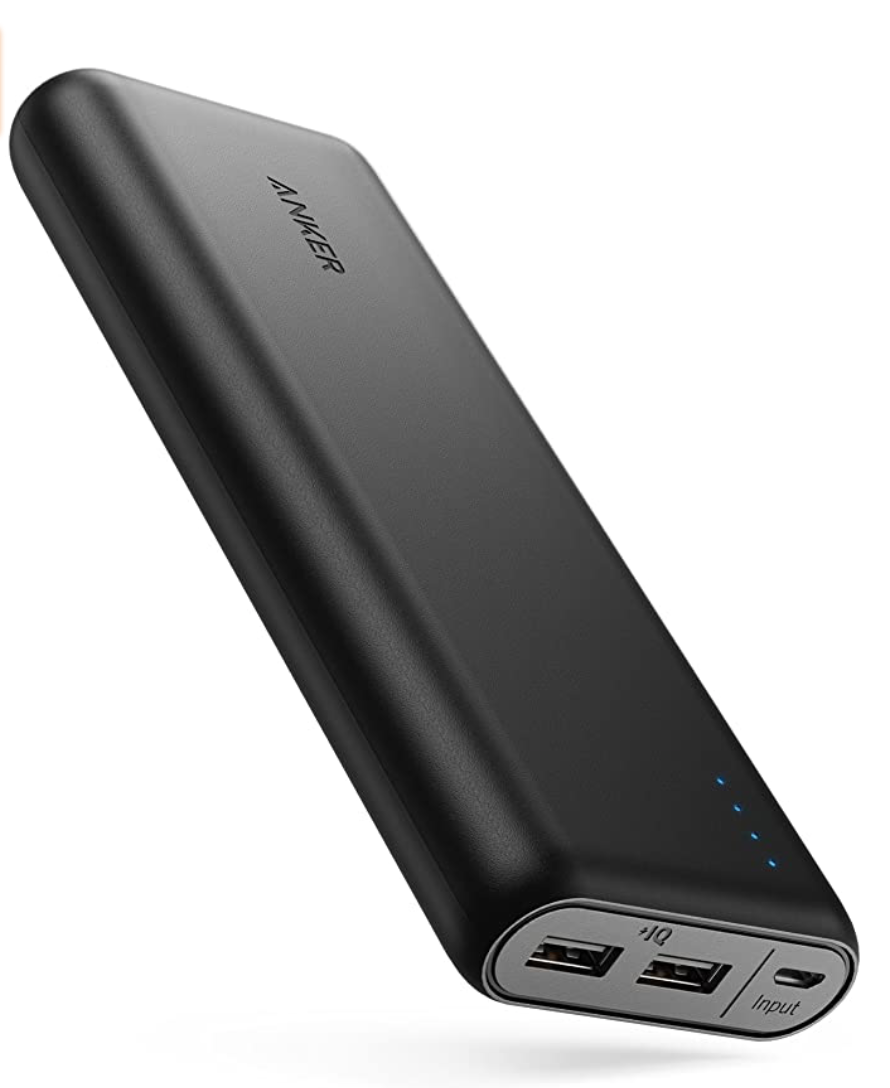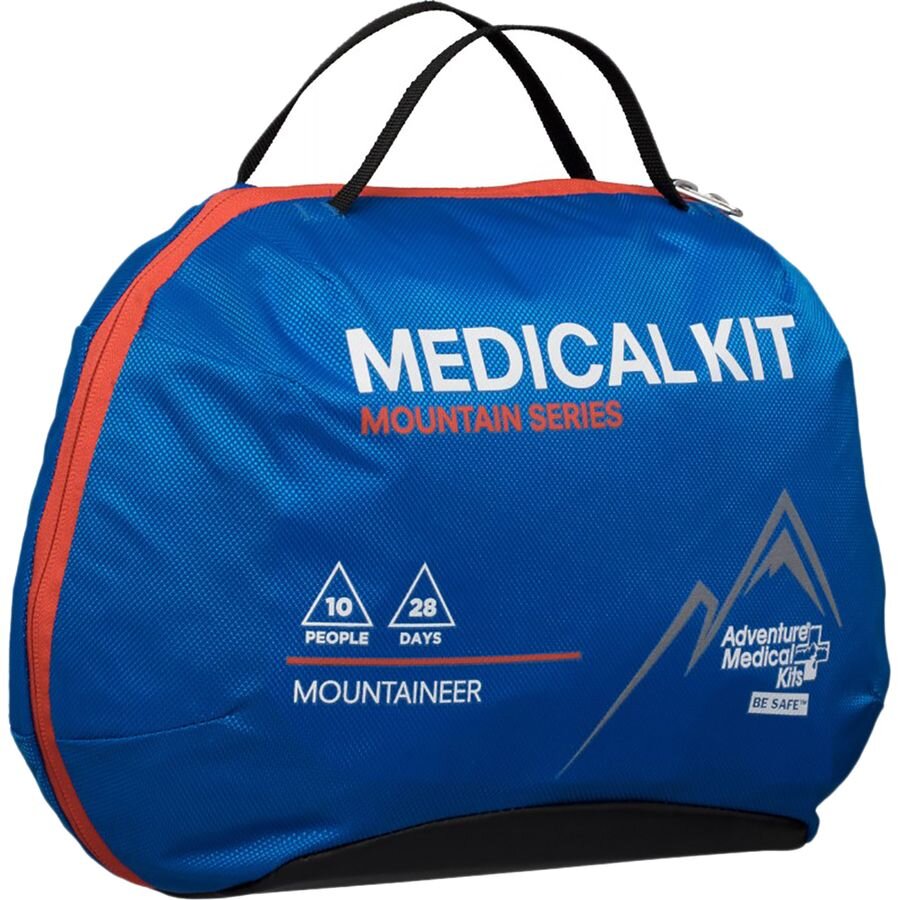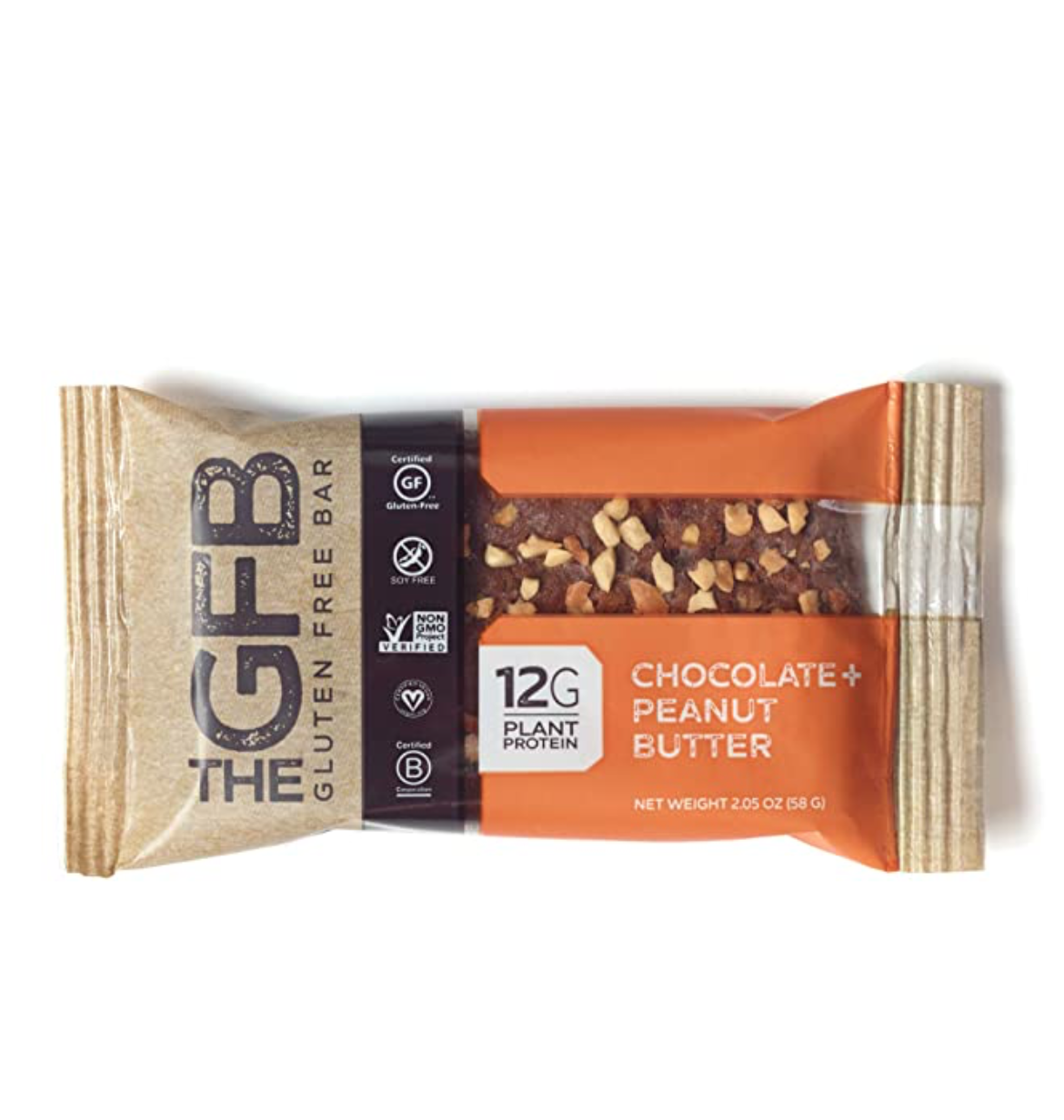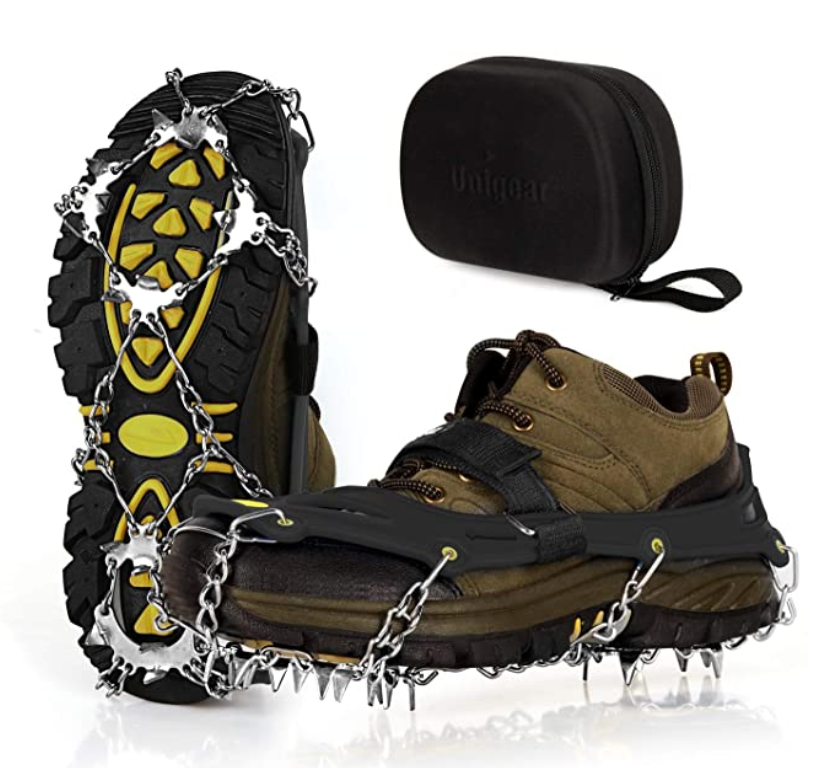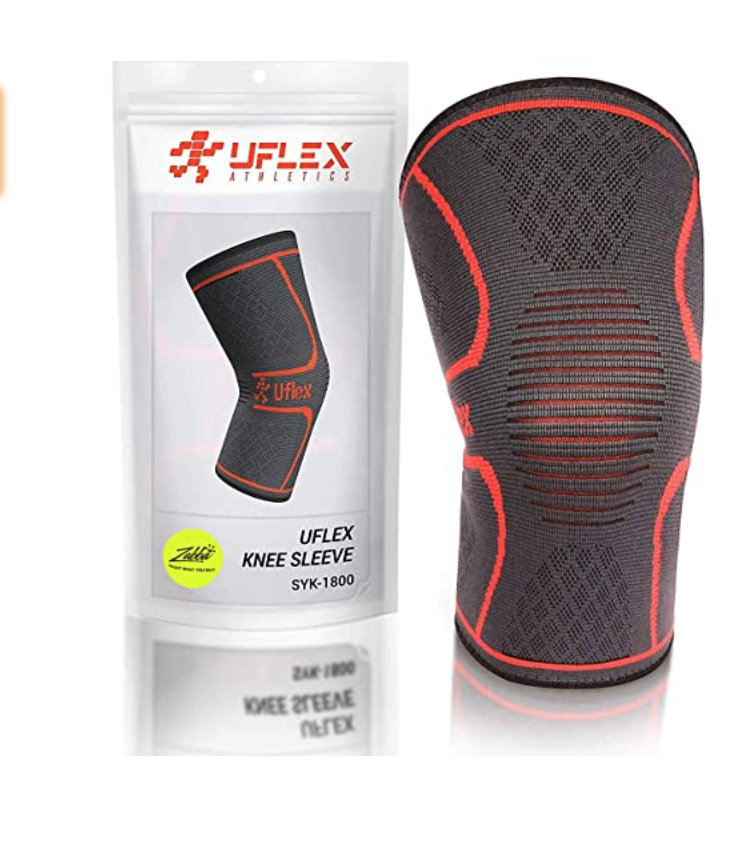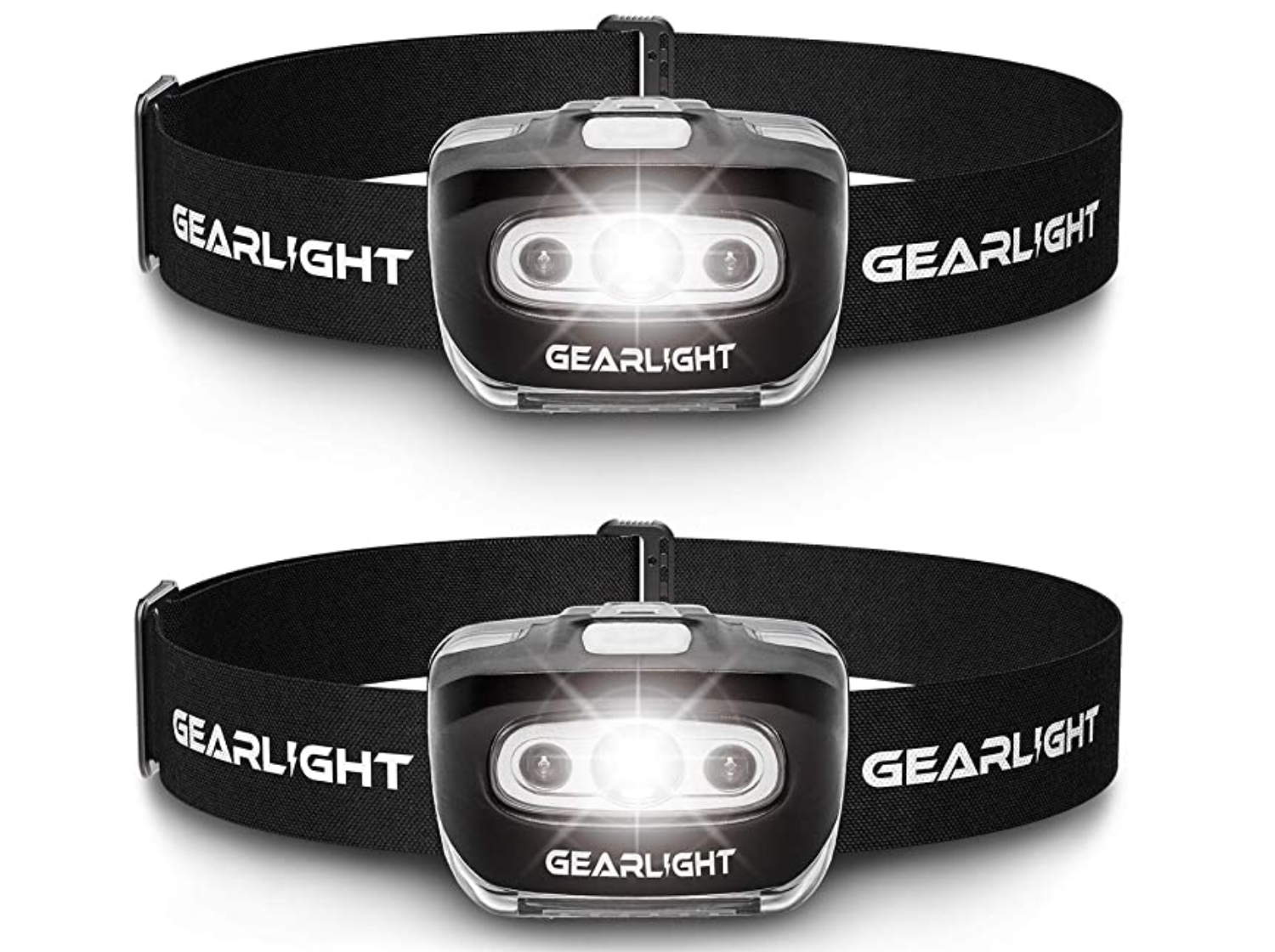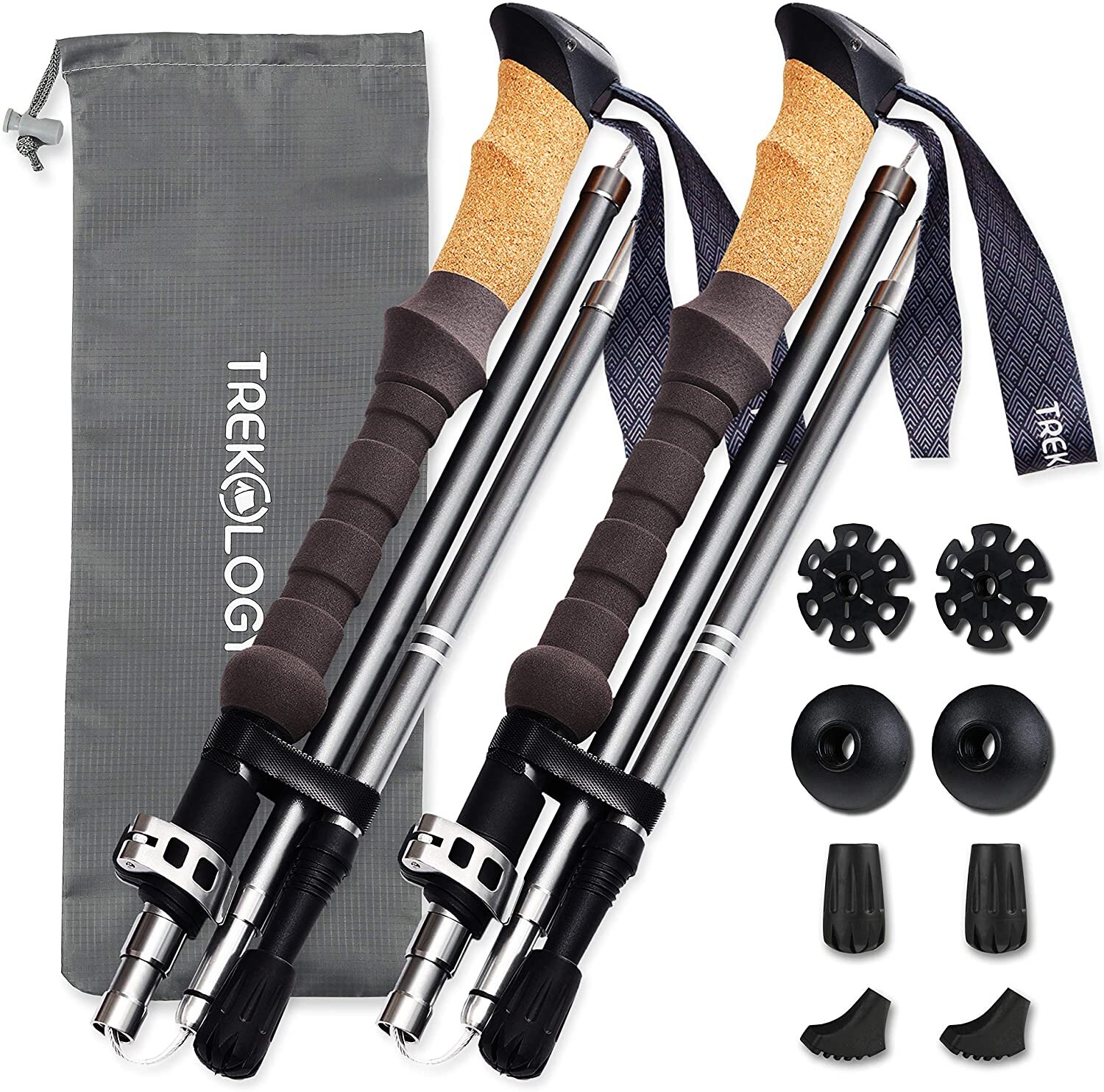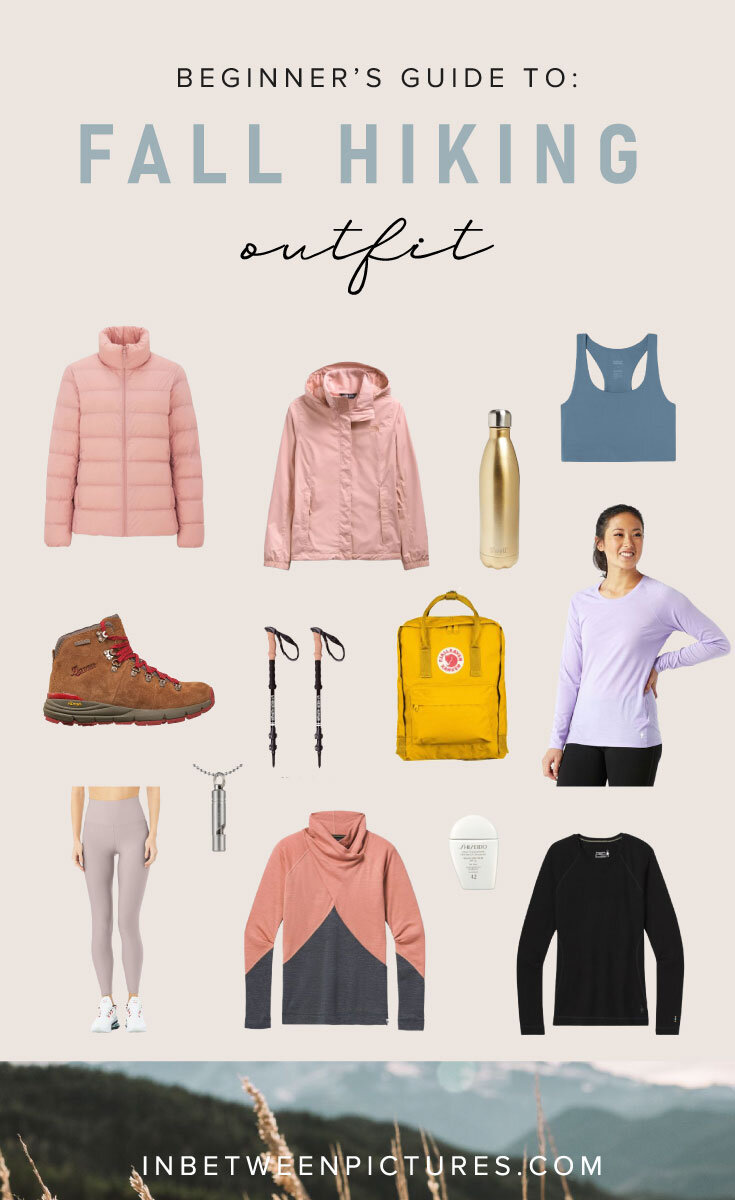Beginner’s Guide to Fall Hiking Outfit for Women
Beginner's guide to fall hiking outfit for women
I always thought I didn't like hiking - I’m a flat land kinda gal. But in the last couple of years, I have been going on hikes across the US and Europe - not willingly at first - but it surprised me how much I enjoyed it - in fact, I love it now. It’s great for your health mentally and physically. But the best part about hiking is the panoramic view when you reach the top - it makes the sweat and muscle ache all worth it! Since my first hike, I have been finetuning my hiking outfit, which I’m sharing with you so you don’t make the same mistakes I made on my first hikes - oh and there were many.
Best fabric for hiking outfit
One of the most common mistakes about hiking outfit is underestimating the importance of your clothing’s fabric. You may not think twice about wearing a soft cotton t-shirt as a layer, but this can be a terrible mistake. Cotton does not provide any insulation and loves retaining moisture - both terrible attributes if you need to stay warm and dry on a chilly day. So let me tell you what are the best fabrics to wear on your hike.
Merino Wool is a great inner layer option. It's breathable, wicks moisture, fairly fast-drying, doesn't hold on to odor, and excellent at keeping you warm – even when it's damped. It's a great choice if you are planning to hike in colder temperatures.
Polyester is great at wicking moisture and windbreaker – very hydrophobic and, therefore, a quick-drying fabric. The only downside is that it holds on to odor. Choose this fabric for mild to colder temperatures.
Nylon is another excellent option. Although it is not as hydrophobic as Polyester – which means it dries slower than Polyester – is still a much better option than cotton. Oh, and it doesn't hold on to order. I would recommend Nylon for warmer temperatures.
Avoid:
Cotton, like I previously said, provides little insulation and takes longer to dry when it gets wet – cotton loves absorbing and retaining water. And in the heat, it traps warmth. Overall, just not a great choice of fabric to wear on a hike.
Rayon and silk are two other fabrics that you want to avoid. They absorb and retain moisture.
How to layer for hiking in the fall
The key to mastering the fall hiking outfit is layers! Especially if you are hiking in colder temperatures. When I was in Maine – in mid-October - I learned that you take off each layer as you get warmer on your hike. This will prevent you from overheating and soaking your clothes with sweat. Wet clothes can make you really cold – and in lower temperatures can cause hypothermia - when you stop hiking. So, the lesson is layers, layers, layers!
As the first layer, I recommend a sports bra followed by a lightweight short-sleeves t-shirt. If you are expecting warm temperatures, a sleeveless top or a tank top should be enough – but keep an extra jacket in your backpack. If it's chilly, layer up with a long-sleeve top and a down vest. If it’s colder, wear a down jacket instead of the vest. You don’t have to layer up until you feel warm as you will start working up a sweat as you hike up and soon will be taking each layer off.
Fall Hiking Outfit Base Layer
Sports bra
I highly recommend wearing a sports bra. Not only it's comfortable, but regular bras with clasp can dig into your skin if you are carrying a backpack. And if it gets hot, you can take off all the layers and just hike in your sports bra.
If you are looking to upgrade your sports bras, I recommend alo. After hearing Christie from Ckanani.com talk about them non-stop, I decided to give them a try. Another great brand that I love is Girlfriend. Their top - as well as leggins - are amazing quality and come in a WIDE variety of sizes.
Fall Hiking Outfit Mid-layers
First Layer: Lightweight
For this layer, you want to make sure it is moisture-wicking and quick-dry. There are many options out there, but I really like the Smartwool Merino Baselayer and the short sleeve version. Both are made of Merino wool.
On my trip to Montana and Washington, I wore the Smartwool Merino Baselayer Top almost every day except for two occasions. They dry super fast and don't retain moisture (and ordor). On the two occasions I didn't wear the wool shirts, I had to take off my top when we stopped becasue it was soaking wet and wasn't drying - which you should do too if your shirt is wet, because we don't want hypothermia. If you think you are going to need a warmer layer, check out Smartwool Thermal Baselayer.
If you time your purchase right, you can find them on sale during Backcountry sale events.
Long-sleeve top - Midweight
Invest in a Merino Wool long-sleeve top. They are great when the climate is warm, cold, or in-between. This Smartwool Classic Thermal Merino is made of 100% Merino wool and has a front 1/4 zipper.
Fall Hiking Outer layer
Down Vest or Down Jacket
If you are hiking in colder temperatures, wear a vest! They are great at keeping you warm, but also letting your armpit breath. I highly recommend Uniqlo Ultra Light Down Vest – as the name indicates - is very lightweight and warm. When you don't need it, you can tuck it in the carrying pouch. Another great option is the Ultra Light Down Parka – I own two of them and I LOVE them. It's warm, ultra-lightweight, and packable.
From my research, the Ultra Light Down Parka is comparable to the super popular Patagonia Nano Puff Jacket but - some say - warmer and at a fraction of the price.
Leggings
Leggings are my go-to hiking pants since they are breathable, wicks moisture, and flexible. If you are planning to hike in a vegetation-dense area - or rain is in the forecast - I recommend packing a pair of rain pants in your backpack.
I bought these rain pants from Amazon and they are great. They keep me dry and the legs are wide enough that I can put them on without taking my shoes off. It also has an adjustable velcro strap at the bottom. They work best if you wear something underneath and not the pants alone.
My favorite brand of leggings are from alo and Girlfriend - no surprise there. They are very high quality, don't lose elasticity, and stays put. Need something warmer? Check out The North Face Winter Warm Tight.
Pants
When I first started hiking, I always wore leggings because they were comfortable and easy. But over time, I started reaching for hiking pants instead and realized how practical they can be. They’re lightweight, breathable, and give a bit more coverage, which comes in handy when walking through tall grass or rocky trails. I also love that they usually have pockets, which is so helpful for quick access to snacks or your phone. If you’re looking for something that feels just as comfy but offers a little more function, hiking pants are a great option.
Waterproof Hiking Boots
On this entire list, hiking shoes are probably the most indispensable item of your hiking outfit. While regular running shoes are ok on short nature walks, you will need hiking boots on rough terrain. They offer better grip, feet protection, and ankle support. I have made the mistake of hiking with the wrong shoes on a few occasions and had a few slips – luckily, nothing too serious, but serious enough to learn my lesson.
During my research, I felt overwhelmed by the number of hiking shoes out there! But after much research, I settled on the Danner Mountain 600 Hiking Boot. They have excellent traction, durable, waterproof, lightweight, and they look super cute! The brown boots with red lace resemble the classic Danner Mountain Light – made famous by Reese Witherspoon in the movie Wild – but lighter and more wallet-friendly.
Danner sizing guide: When it comes to sizes, the Danners Mountain 600 seems to have mixed reviews. I bought the Danners in size 6.5, and I found them to be TRUE to size. I usually buy size 6 on regular shoes and 6.5 on sneakers. I wore semi-thick socks and still had plenty of room in the toe box.
Update: I took the Danners on my 2-week hiking trip to Montana, Washington, and Oregon, and they performed BETTER than expected. Even better than my friend's - equally expensive - hiking boots. The grip on these is fantastic - I was the only one climbing up and down the rope section of Mount Storm King like a kid's playground, while my friends struggled to get a good grip on the ground. I hiked over 30 miles without any discomfort, stepped on many puddles and stayed dry, and accidentally dropped a 50 lb luggage on my foot and felt nothing! And after all that, they still look pretty new! Check out my full Danner Mountain 600 review here.
Another great Hiking Boot is the Merrell Moeb 3 MID Waterproof Hiking Boots. I tried them in-store, and they were incredibly comfortable. They are super lightweight, and they hug your feet and ankle. I was between these and the Danner. But If you are looking for some serious hiking shoes, these are for you!
Update: I finally purchased these boots and I love them! I have only tried them on a few short hikes but will be bringing them to my upcoming Montana trip! I also bought the Moab 3 Waterproof Hiking Shoe (the low top version)
If you are looking for boots that are more casual, budget-friendly, but still can perform, then check out Columbia Newton Ridge™ Plus Waterproof Amped Hiking Boot. They are very comfortable, lightweight, waterproof, and stylish!
Tip 1: Make sure to break them in before going on a long hike.
Tip 2: Get a waterproof travel shoe bag to keep your hiking shoes from getting your clothes and luggage dirty. I got these from Amazon.
Wool Socks
You may be surprised to learn that socks are as important as the rest of your hiking outfit. Wearing proper hiking socks can give you extra cushion and prevent blisters. Get a pair of wool socks as they are great at keeping your feet warm and dry. I recommend getting a thicker pair if you wear hiking boots.
I recommend some of these options. Click on the pictures:
Day Hiking Essentials Packing Guide
Outfit ready, now it's time to pack your day hiking essentials! Whether this is your 50th hike or your first hike, these are the essentials that every hiker should pack on a day hike.
Backpack
I highly recommend bringing a backpack that's lightweight and water-resistant. For short hikes, I love using my Fjall Raven Kanken Backpack and have taken it everywhere – it has endured a surprising amount of abuse. It's waterproof, easy to clean, and weighs close to nothing.
If you are going on longer hikes, get a backpack that's designed for hiking - your back and neck will thank you. I recently purchased The North Face Chimera and I absolutely love it. It's super lightweight, water resistant, has a hydration sleeve, and the back is breathable. I only wished it came with a rain cover so I got this one from Amazon.
How much more stuff can you pack in this backpack compared to Kaken? The North Face Chimera volume is 24L, while the Kanken is 16L.
A great wallet-friendly backpack alternative - that my friend has an loves - is the Osprey Daylite Plus Daypack from Amazon.
Rain Jacket
Even if rain is not in the forecast, always keep a rain jacket in your backpack. Fall weather can be unpredictable, and the jacket doubles as a windbreaker. After a mishap with a poncho in Iceland – I ended up soaked from head to toe because of the wind - I decided to invest in a rain jacket. I got the Rain Hooded Jacketfrom The North Face , and I love it. It's lightweight, durable, and comfortable.
Water bottle
Needless to say, you need to stay hydrated! Bring a bottle of water even if you are planning a short hike. I you are planning to do strenuous hikes, I highly recommend getting a water bladder. I bought this one from Amazon and it can hold up to 2L of water.
Snacks
Raise your hands if you carry a bag just so you can bring snacks! No? Nobody? Just me? Ok. If you get hangry easily – like me – make sure to pack snacks! Even if you don't, it's always a good idea to have some protein bars or something to snack on for a little boost of energy. I usually pack a whole three-course meal in my backpack, but it's ok if you only want to carry a few snack bars. I highly recommend you try GFB Protein Bars . It has the best list of ingredients I have seen in a protein bar; they taste good and appease my hunger. And it's the first gluten-free food that I like - and I love gluten. Another protein bar that I LOVE is the Barebells.
Extra pair of socks
If you are hiking on a trail where you will be river crossing, pack an extra pair of socks. In case you accidentally submerge your foot in the water.
Microfiber towel
You won't believe how useful microfiber towels are until you get one. I got mine from Amazon. It's super lightweight, fast-drying, and sand won't stick to it. I take it everywhere, including on hikes and use it to wipe off sweat, dry myself up.
Picnic Blanket
Although this picnic blanket is technically not a blanket, it's super lightweight and packs small.
Seat Cushion
I have been searching everywhere for the right seat cushion and I finally found it on Amazon! Most of the cushions I have seen are very bulky, and hikers tend to carry it outside of their bags. But this seat cushion is exactly what I was looking for: packs down small, lightweight, and comfortable.
Sun protection
Don't forget to wear sunscreen! Even when the weather looks cloudy, wear sunscreen. And don't forget to bring it with you because you will need to reapply after a few hours. Sunburns are not fun! My current favorite is the ROUND LAB - Birch Juice Moisturizing Sunscreen . It's ultra light, hydrating, and doesn't leave a whitecast. Make sure to also get a sunscreen stick version to reapply - I always keep this in my bag. If you are expecting a lot of sun and little cover, bring a breathable hat and sunglasses.
Bonus: wear a neck geiter or a small scarf to protect your neck.
Emergency Whistle
An emergency whistle is one of those items that most likely you won't need, but when you do, you will be very grateful to have it. You can use the whistle to call attention when you get lost or to scare animals away. This super small emergency whistle from Amazon is great and very loud.
Headlamp
Pack a headlamp if you are planning to catch the sunrise or sunset or go on a day-long hike - just in case you get caught on the trail after dark.
Battery bank
If you are relying on your phone to guide you through the trail, I highly recommend packing a battery bank for your phone. Looking to get a new one? I recommend this one from Amazon . It fully charges your phone 5-7x, and if you are in a pickle, your camera as well – of course, if your camera charges via USB.
Emergency kit
I always travel with a small emergency medical kit, but it's also a good idea to carry one while hiking. You can create your own kit, or invest in one like the Adventure Medical Kit . It has everything you may need on a hike.
Trekking poles
You may think you don't need trekking poles , but they are life-changing. They are incredible useful when hiking up and down steep hills. My knees were very thankful for them. Trust me, once I started hiking with them, there was no looking back. I have this pair of trekking poles and I love them. They are super lightweight, pack small, and are great even for the casual hikers.
Check out these other items that can be very useful and make your ride much more comfortable and safe:
Bonus:
Knee Compression Sleeve
If you need a little knee support - not medical advice - I recommend wearing a knee compression. It makes a big diffrence when hiking on steep trails.
I recently purchased this from Amazon and they are great. I noticed a big difference when I wore them and when I didn't. On my last hiking trip, I ended up lending one (I got two) to my friend - she usually doesn't have knee problems, but every time we hiked down, her left knee would hurt - and she loved it.
Crampons
Crampons are essential if you are planning to hike in mountain areas or in late fall. If you live in warm places, you may not know what they are - I only found out a couple of years ago. Crampons are like spiky chain that attaches to your shoes to give you traction and ensures that you don't slip on icy surfaces. Sort of like snow chains but for your shoes instead of tires. You may not need to wear them for your entier hike, but they are great to keep in you backpack as an essential for when you need them. I bought these from Amazon. They have great reviews and they come in a nice case.
Hiking in the fall in Maine

